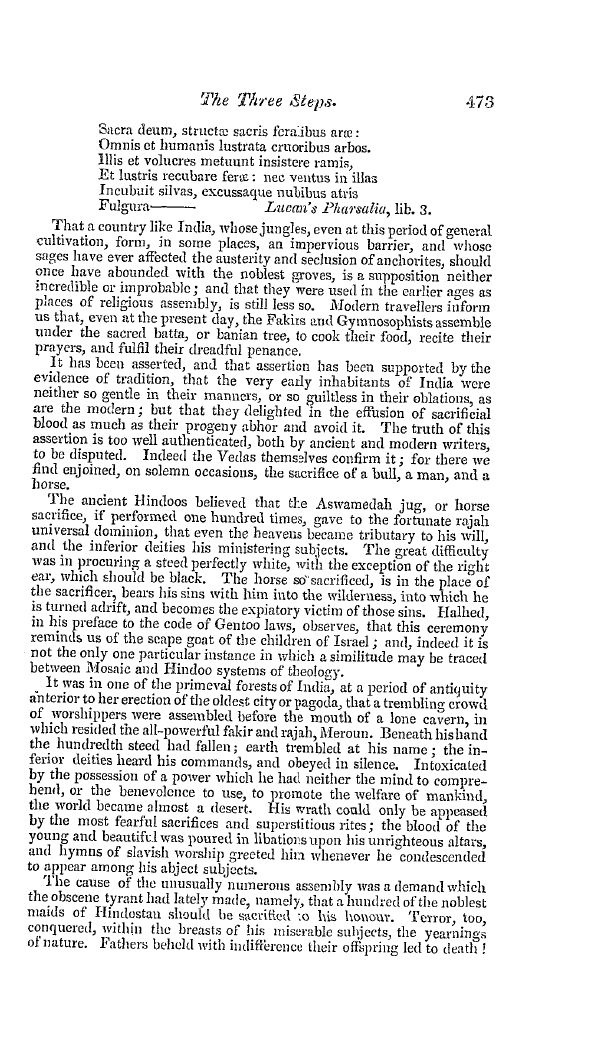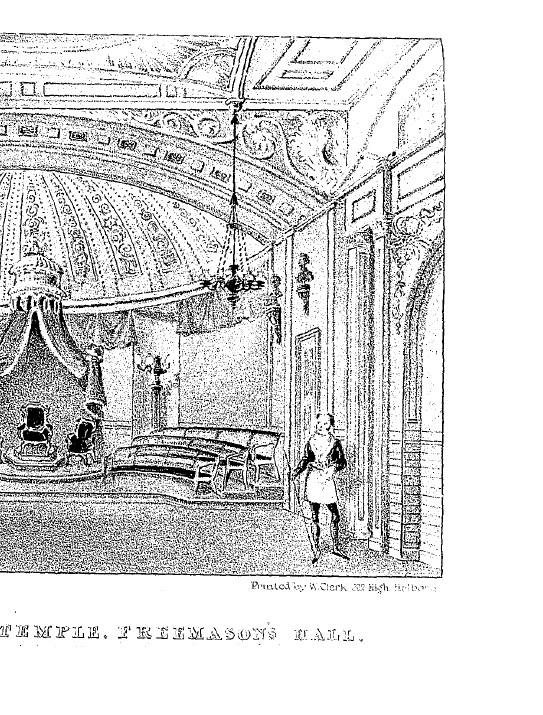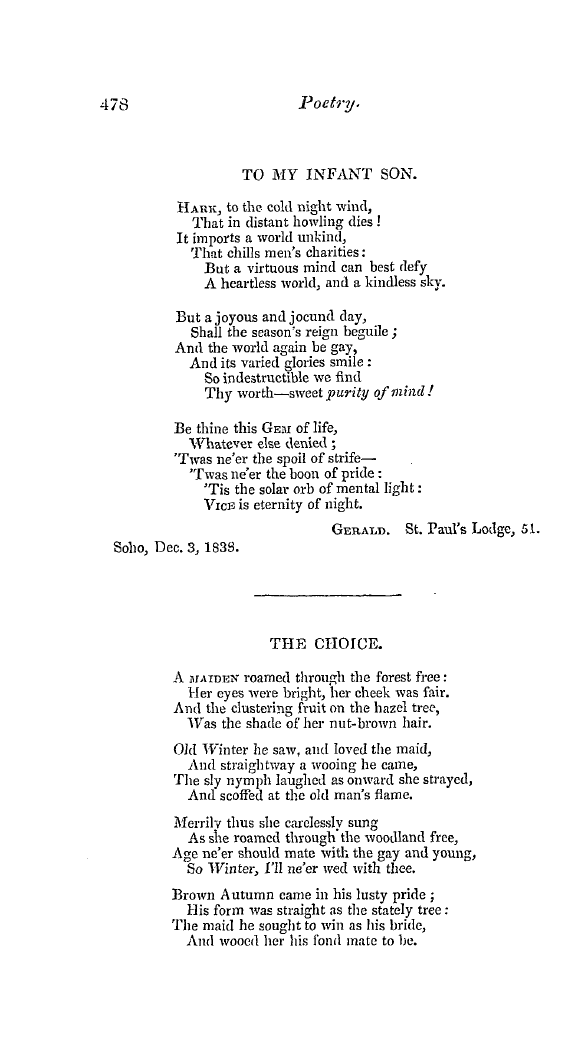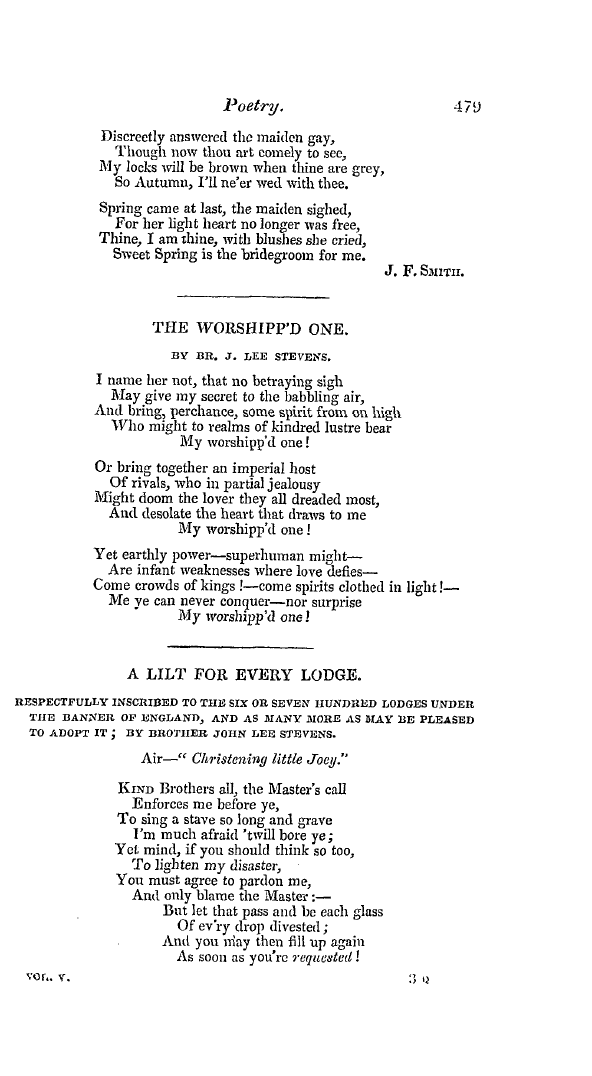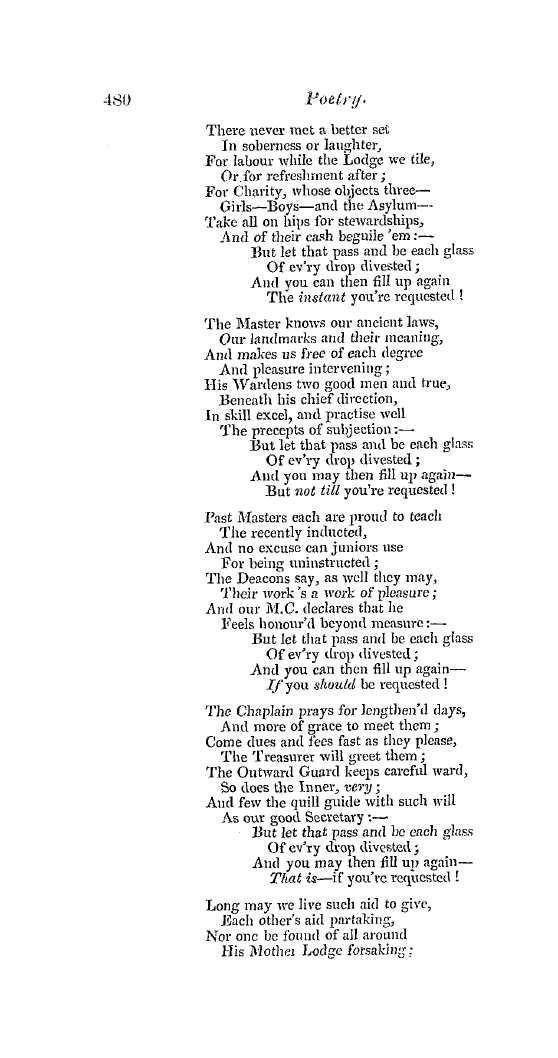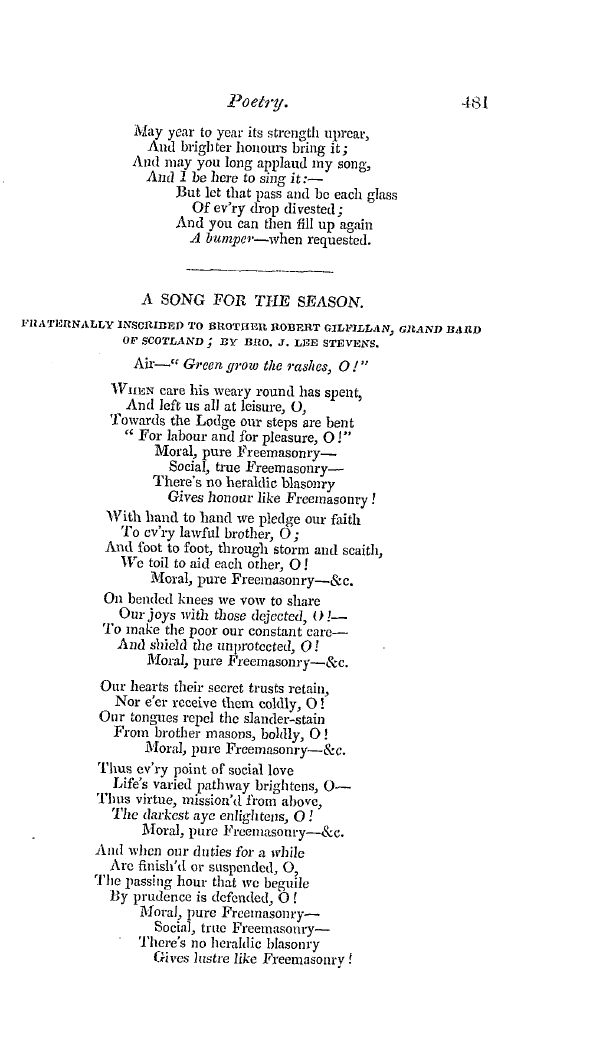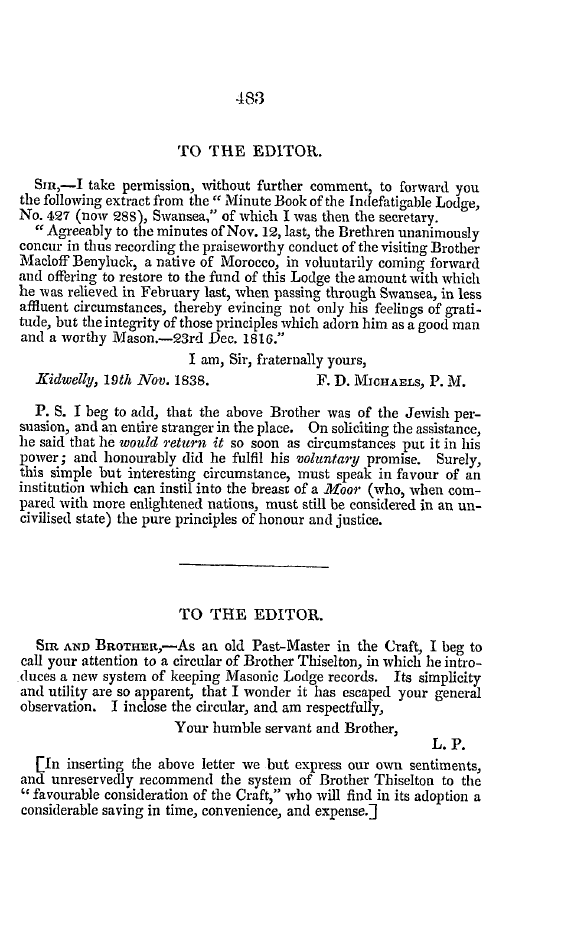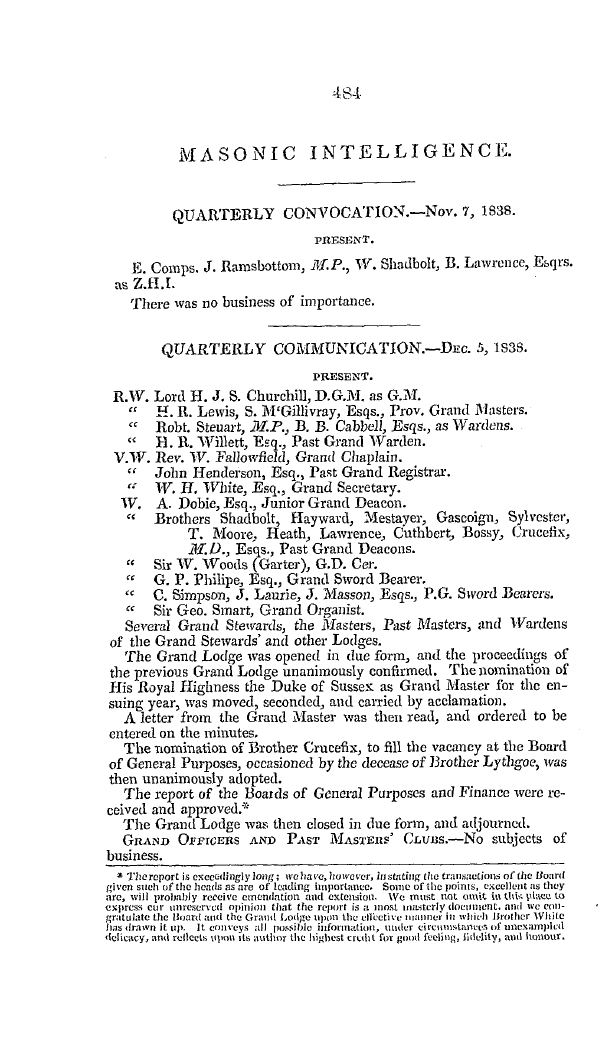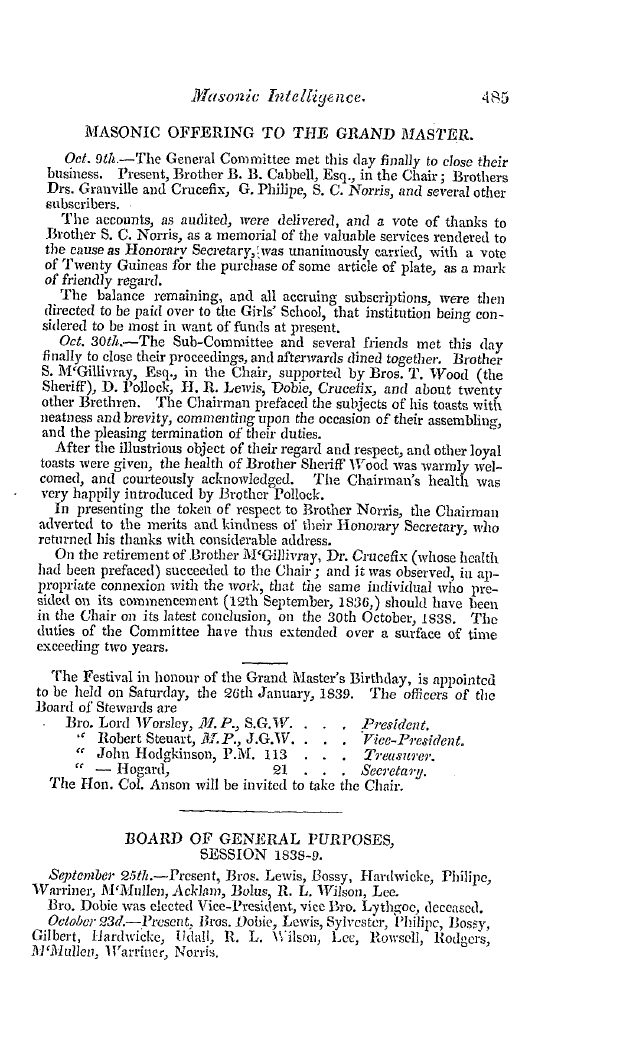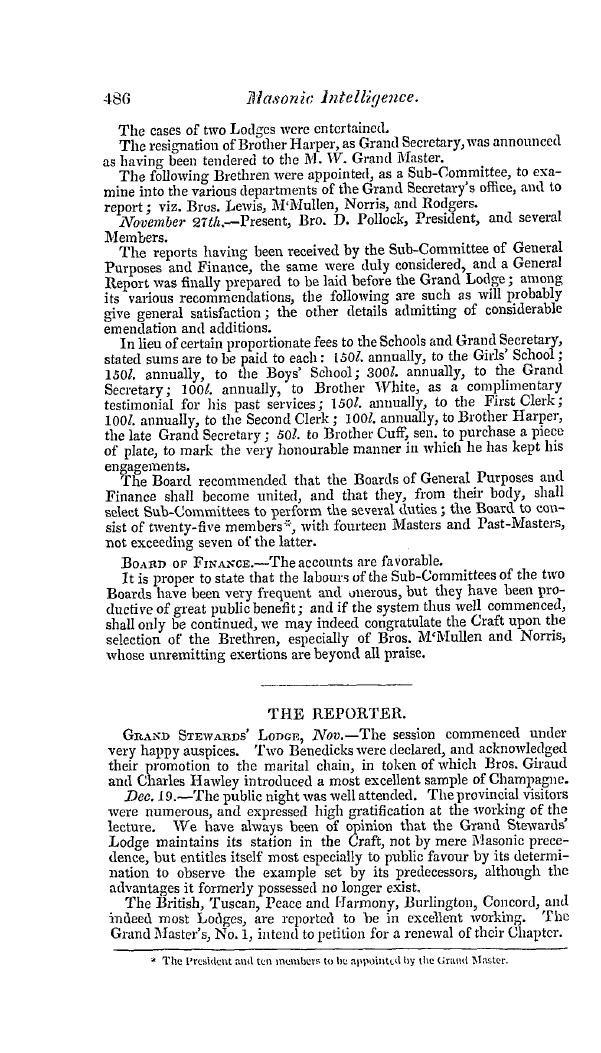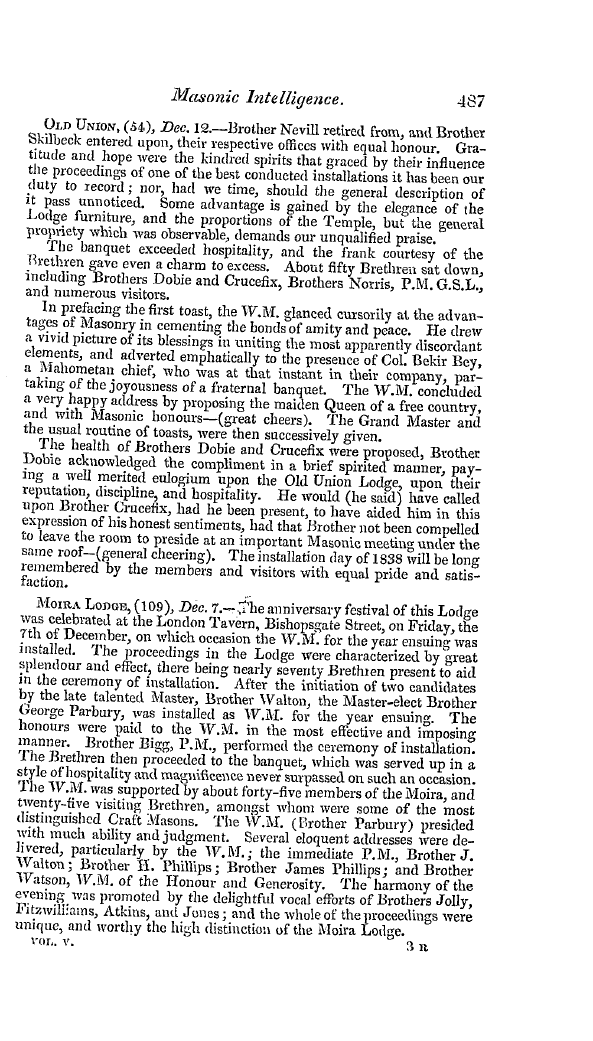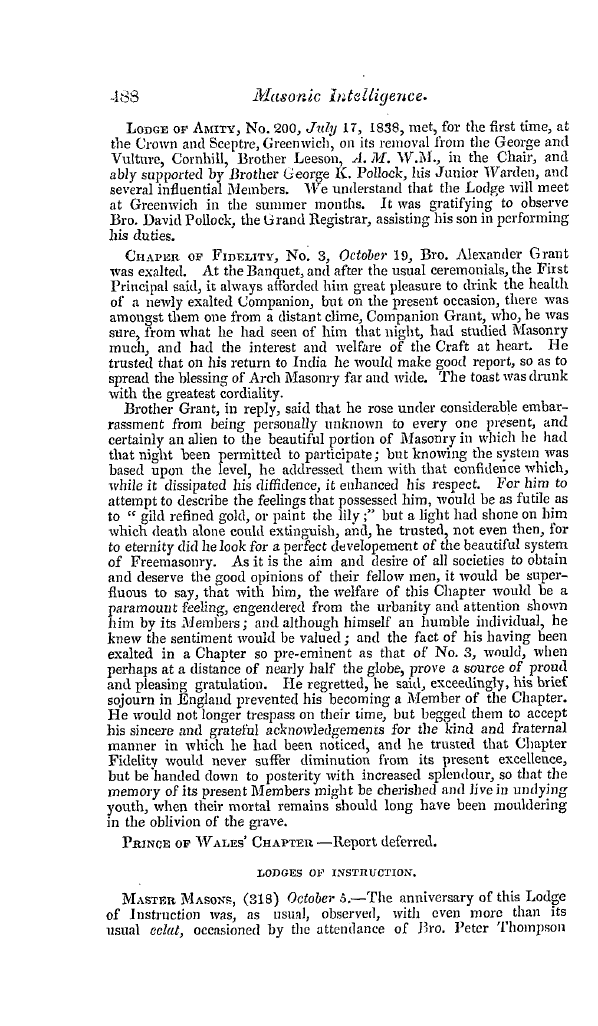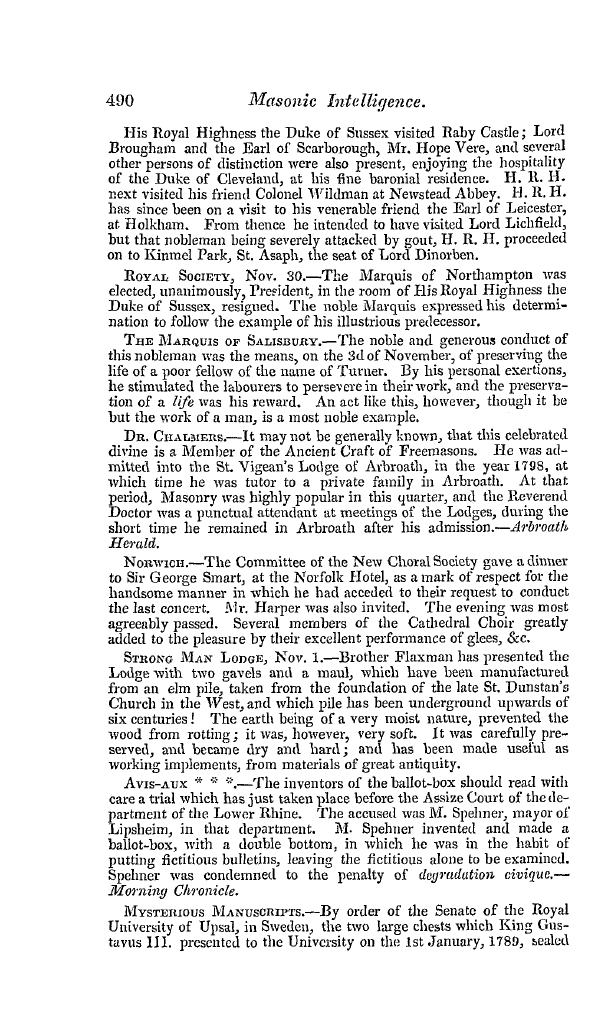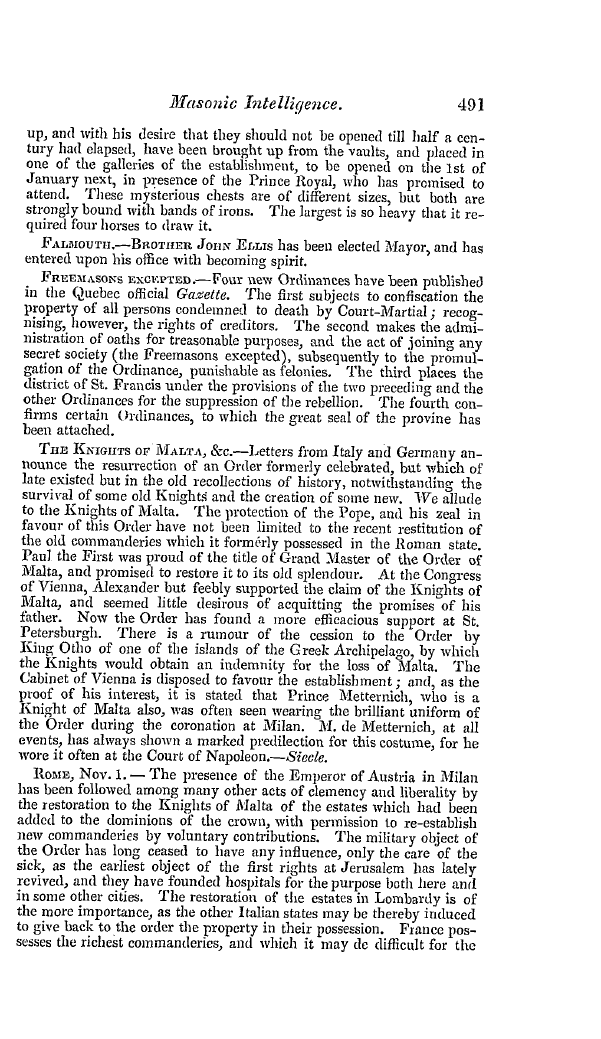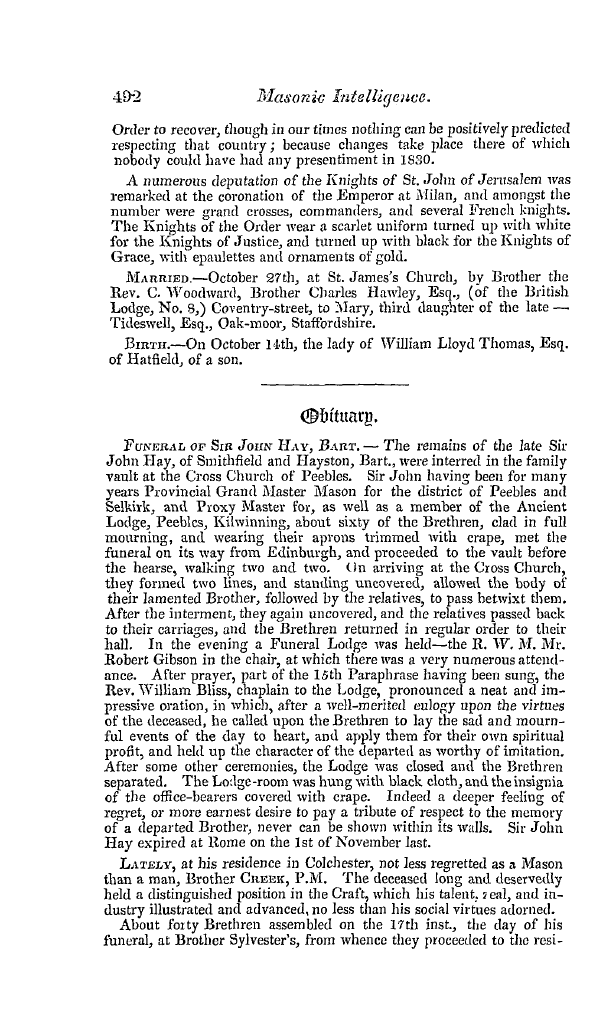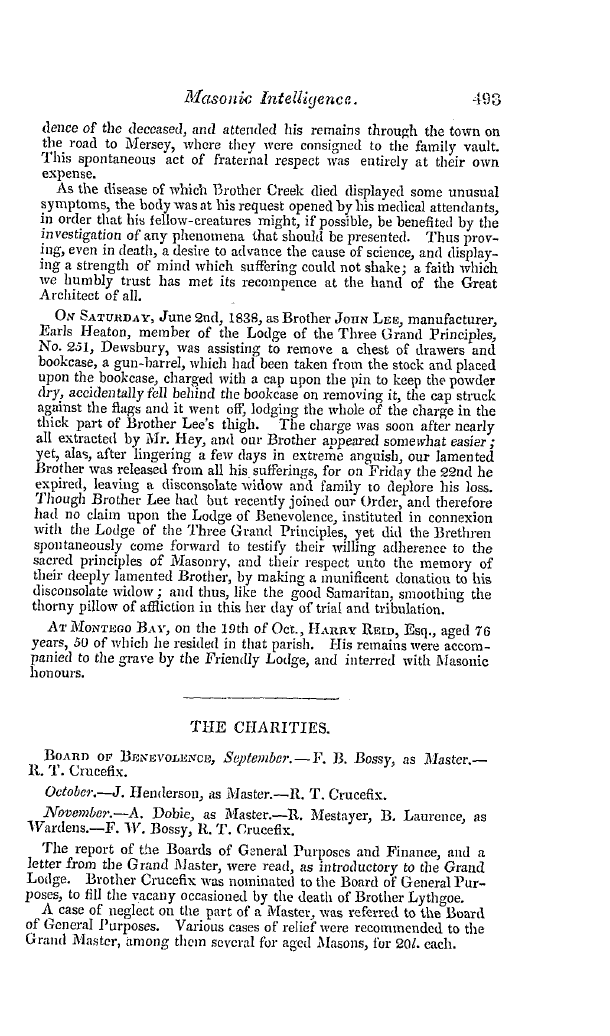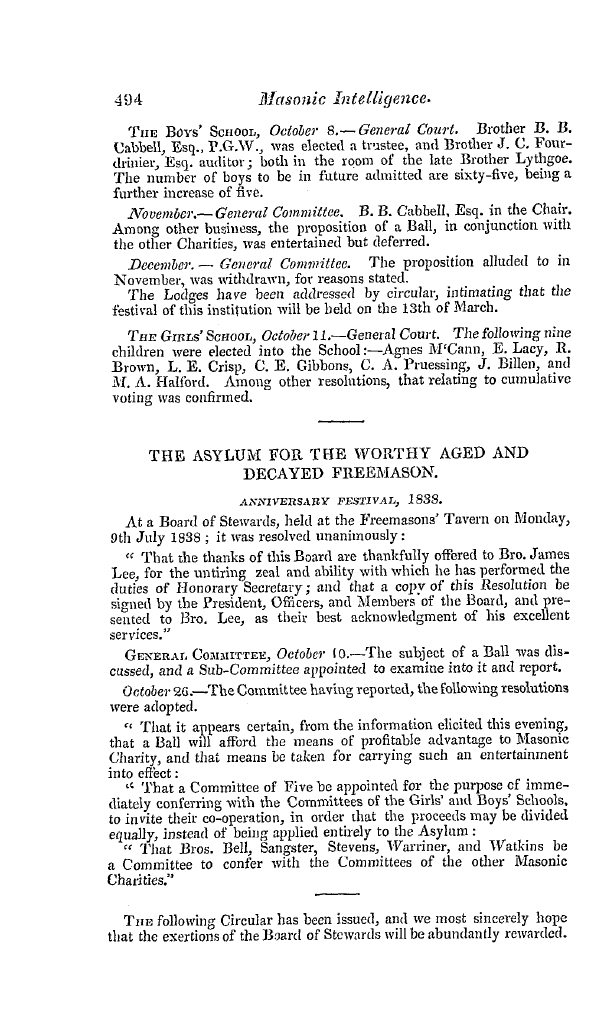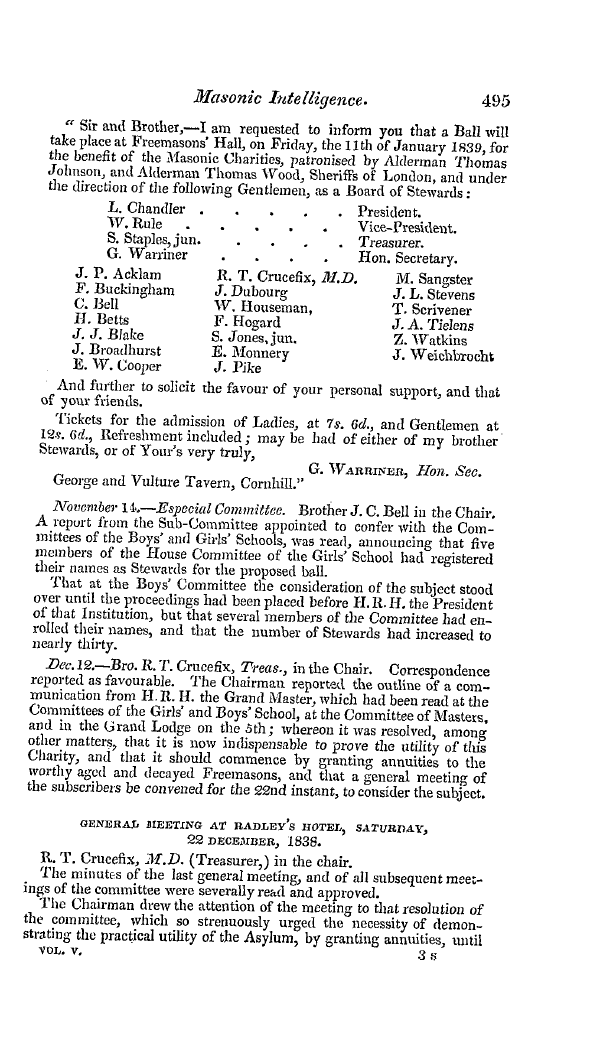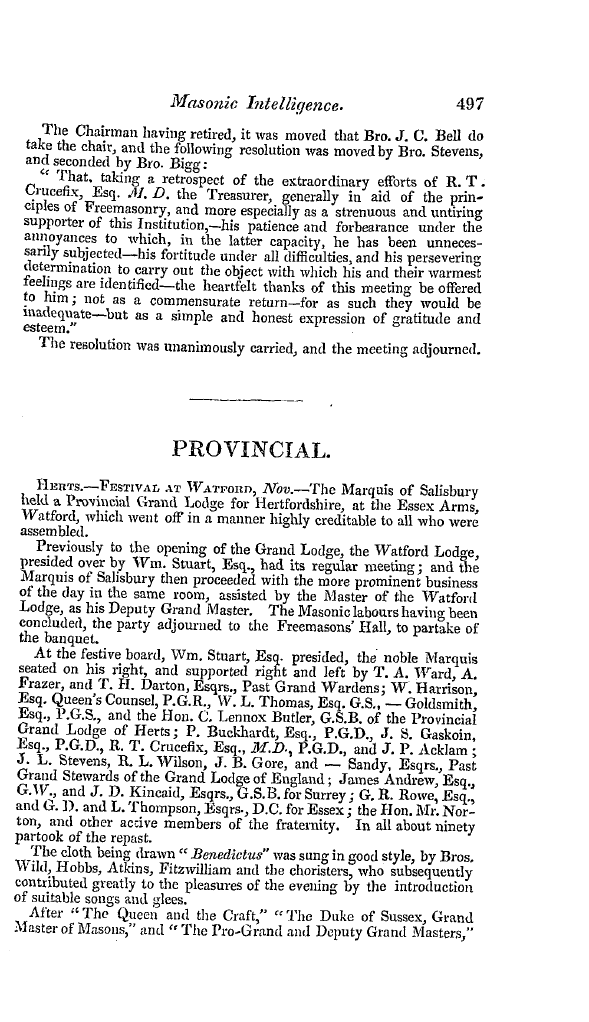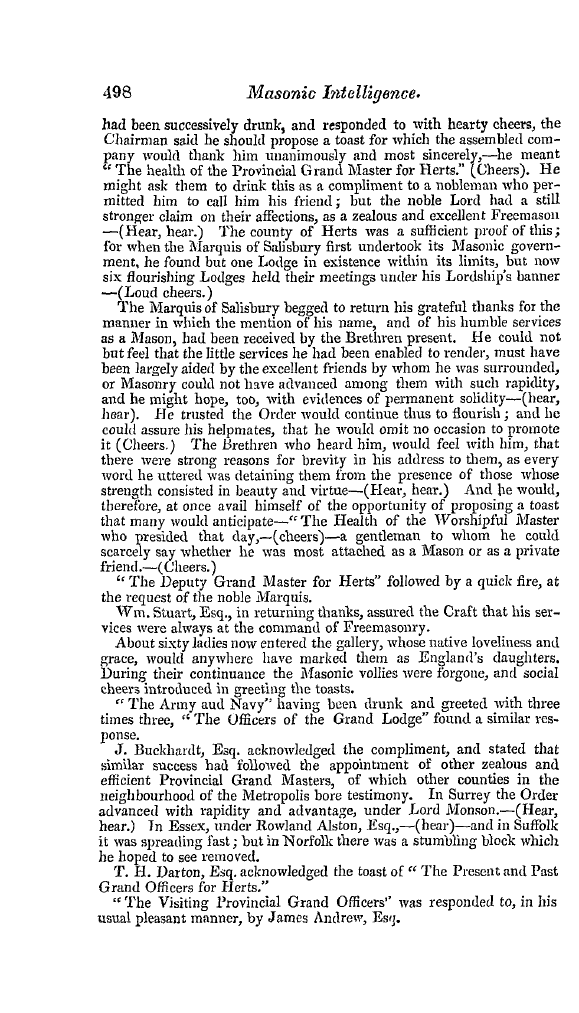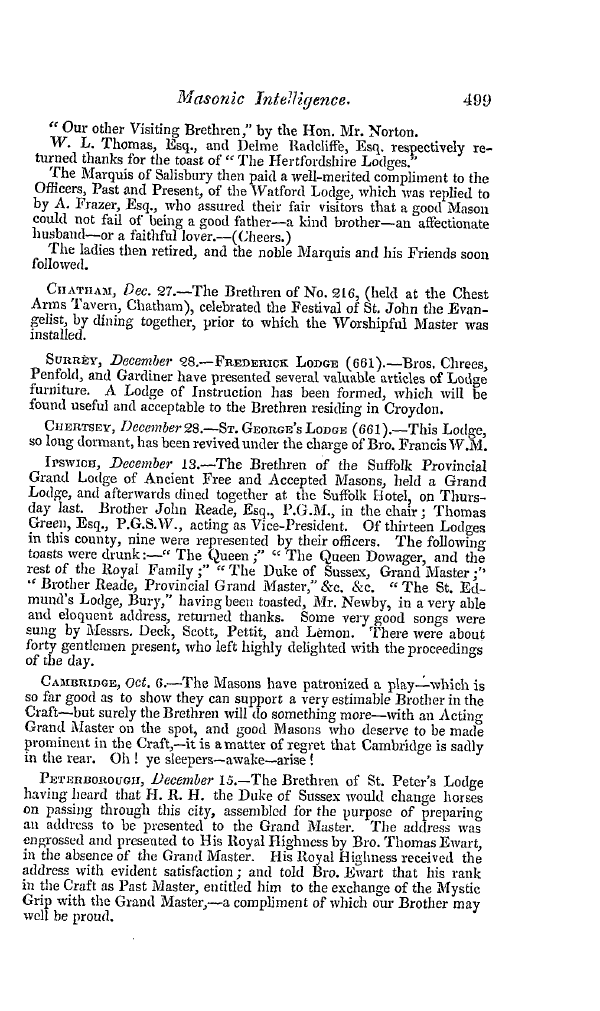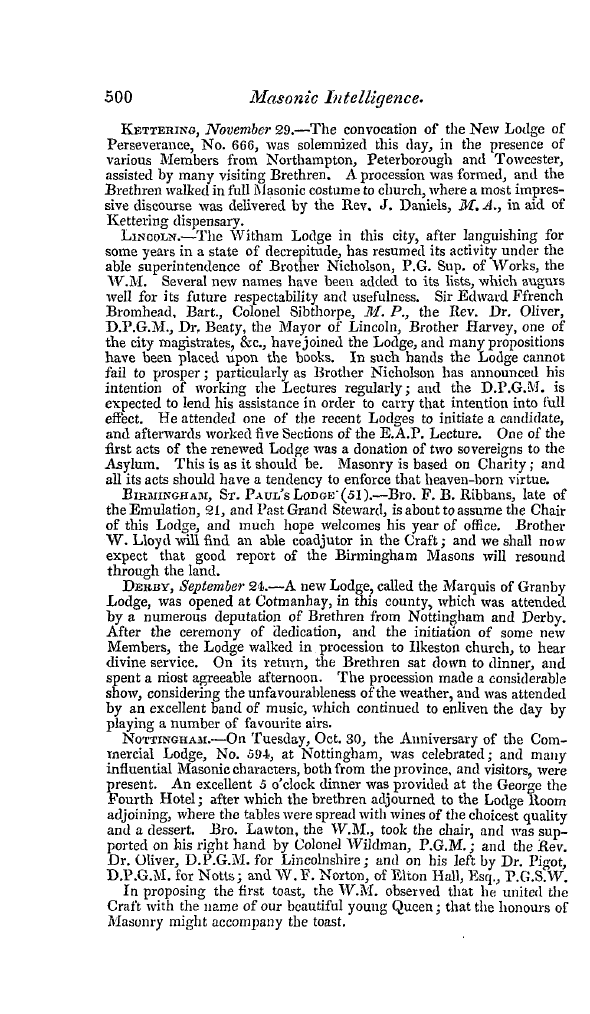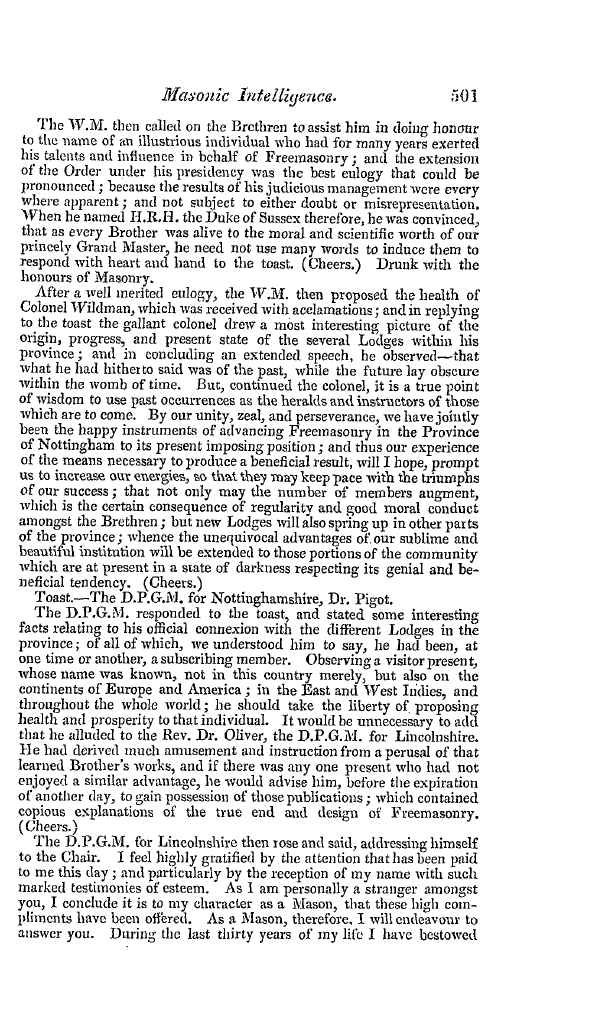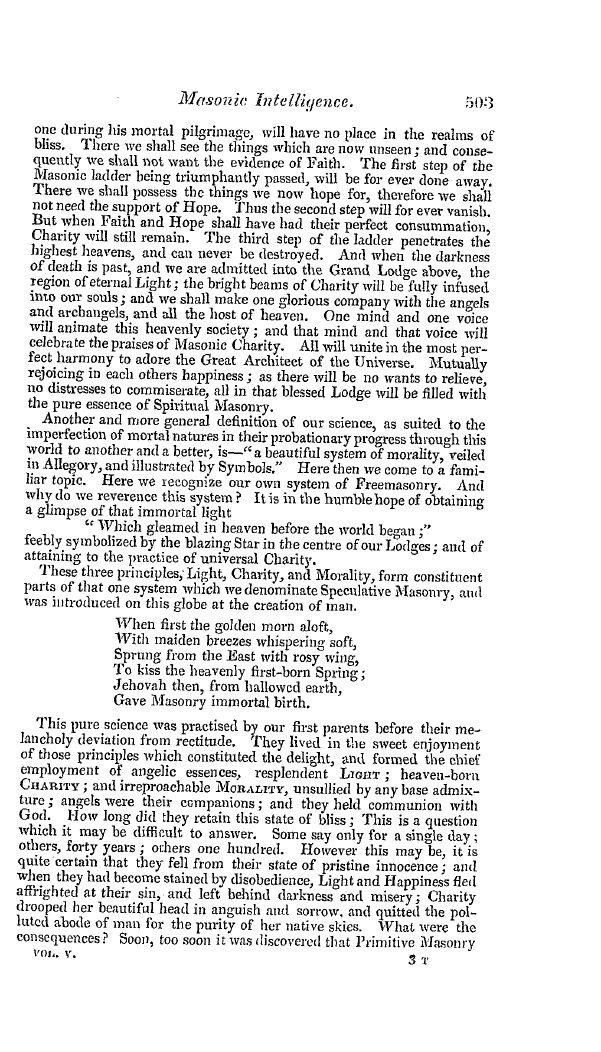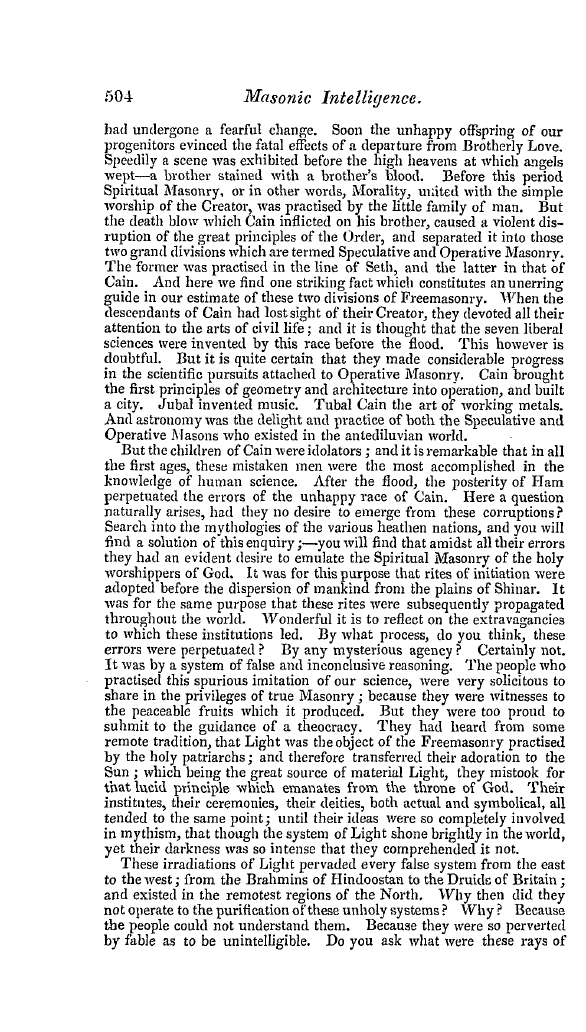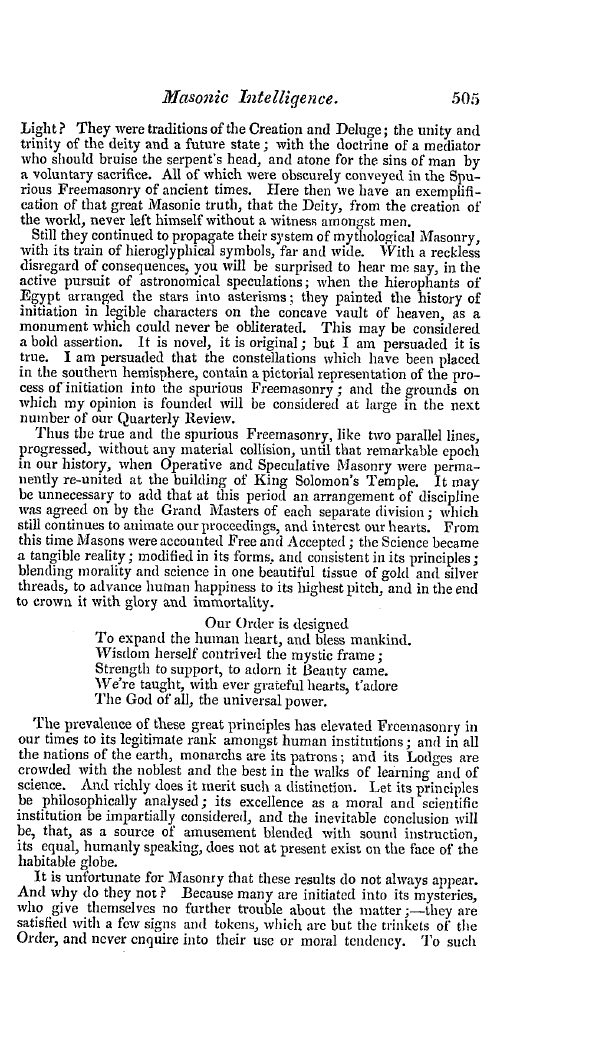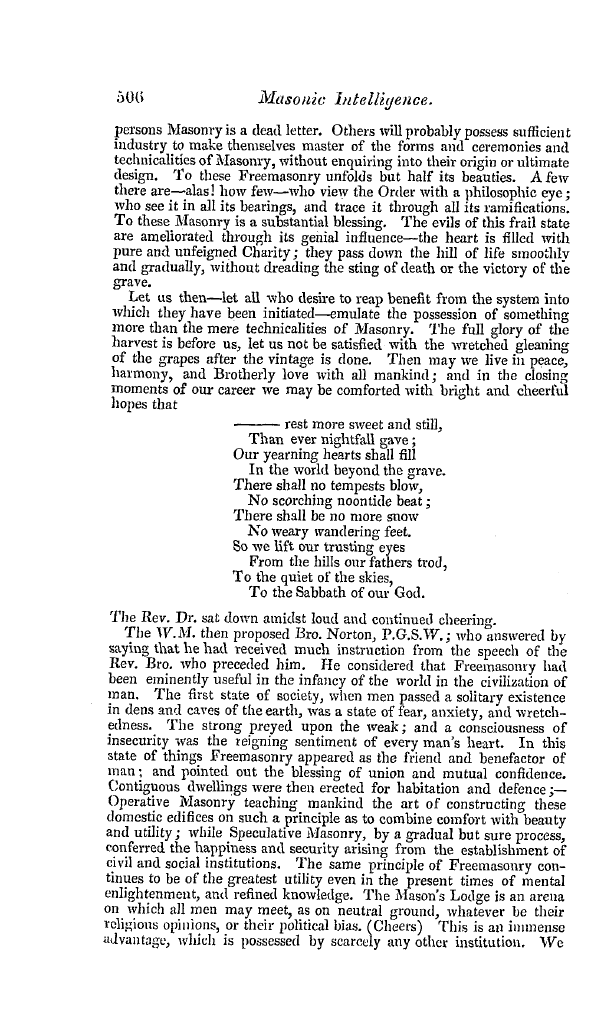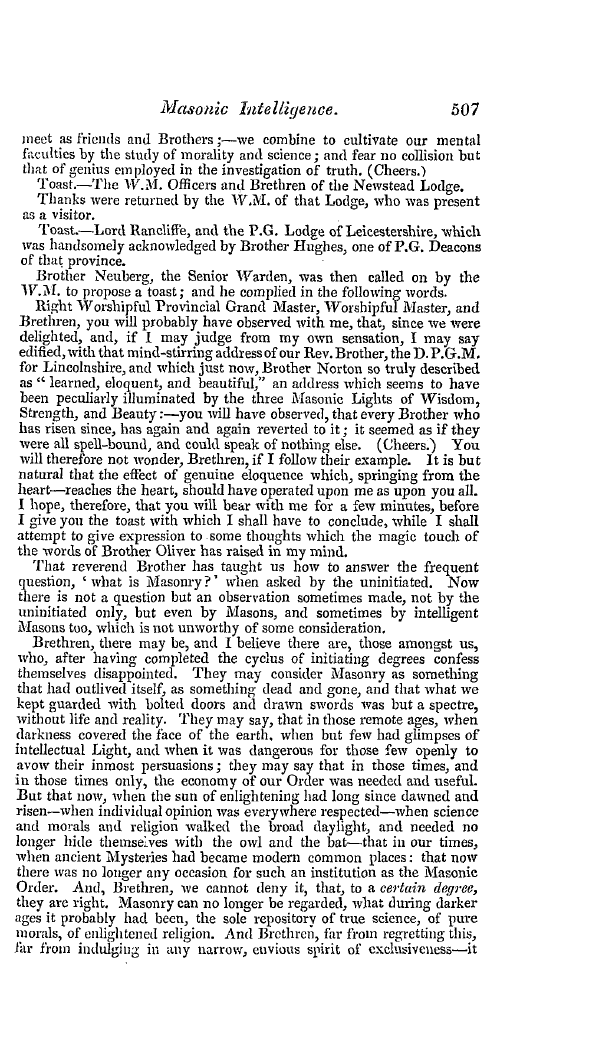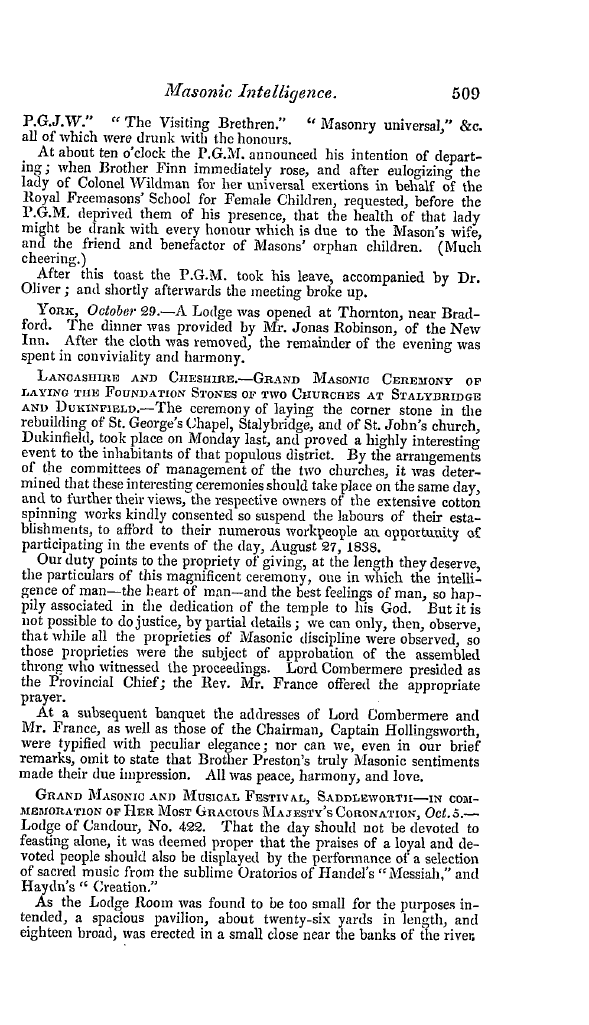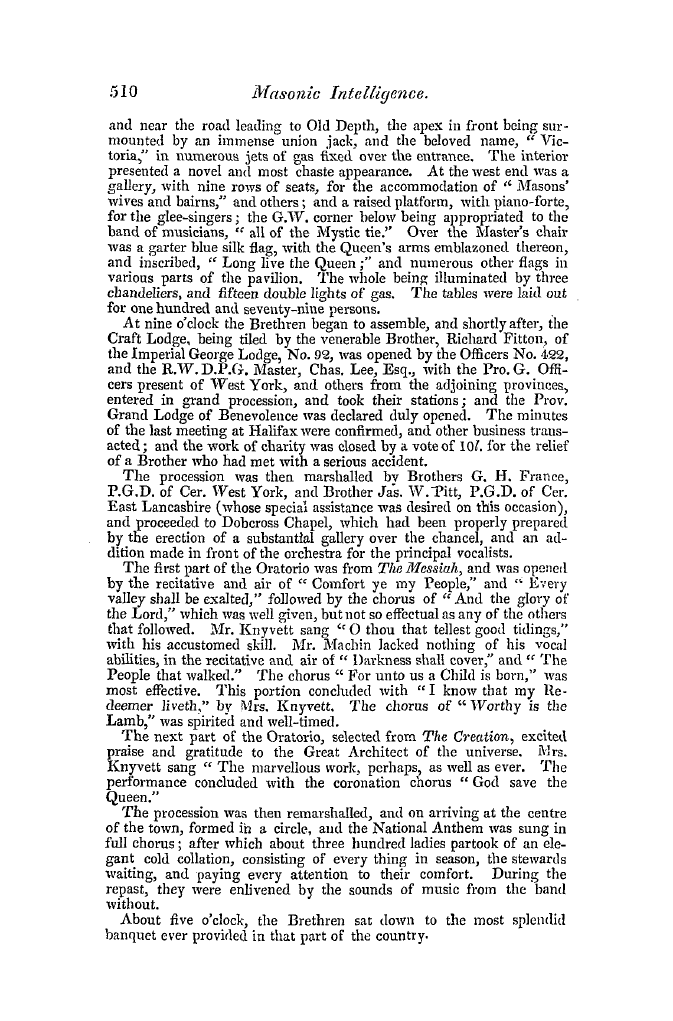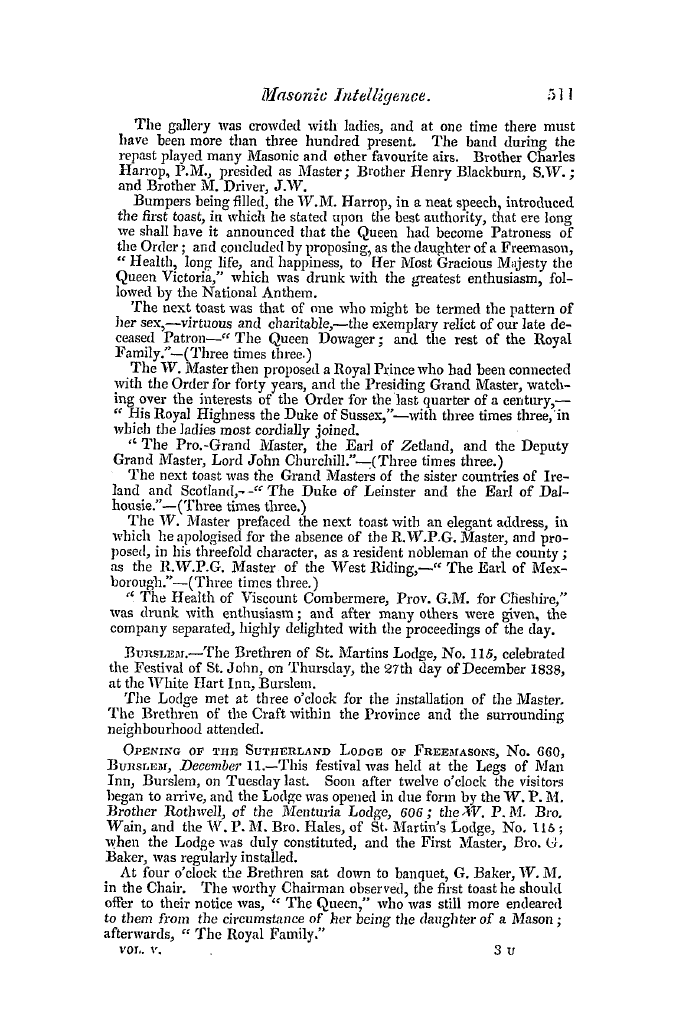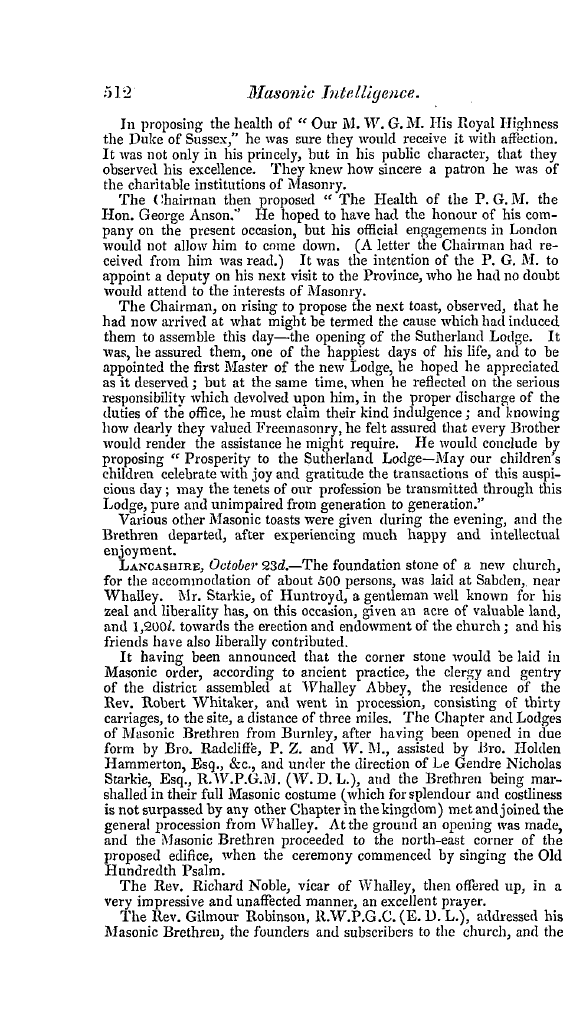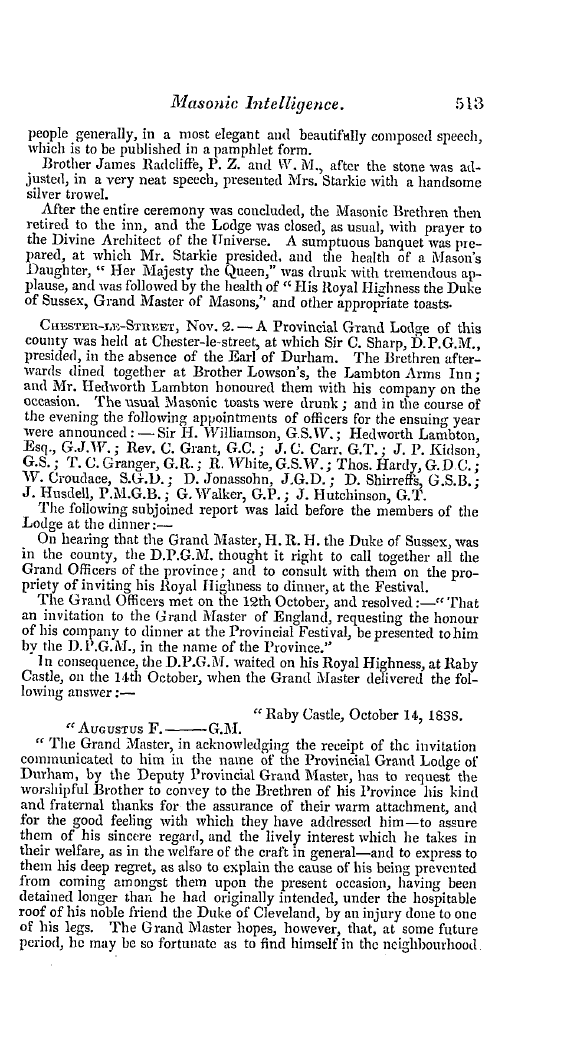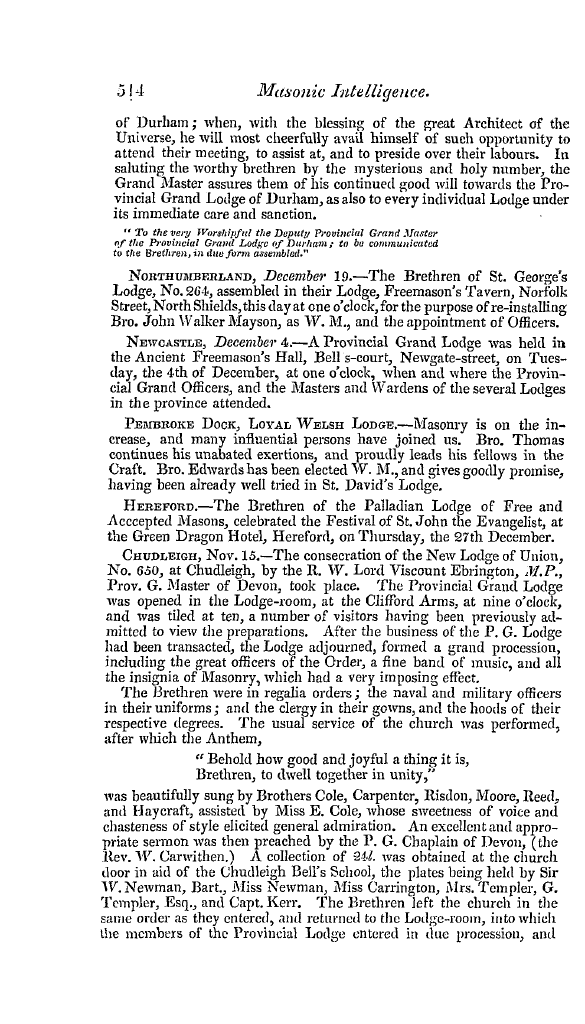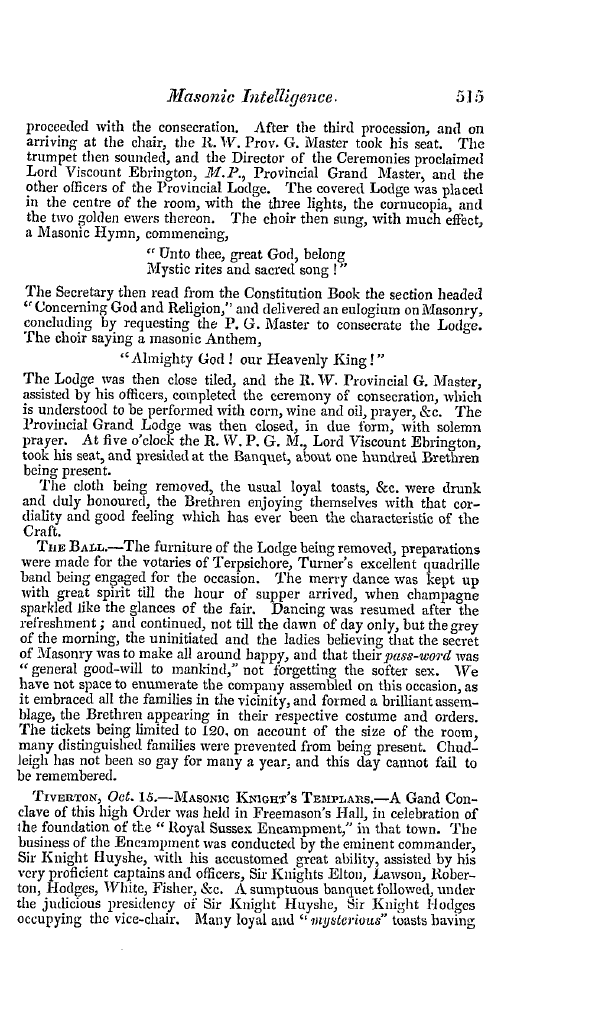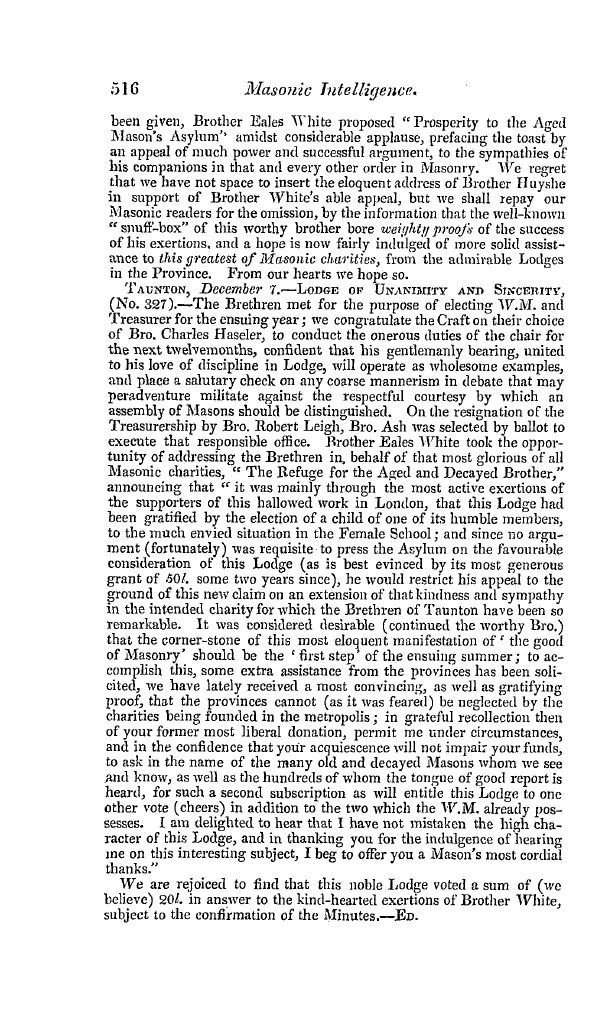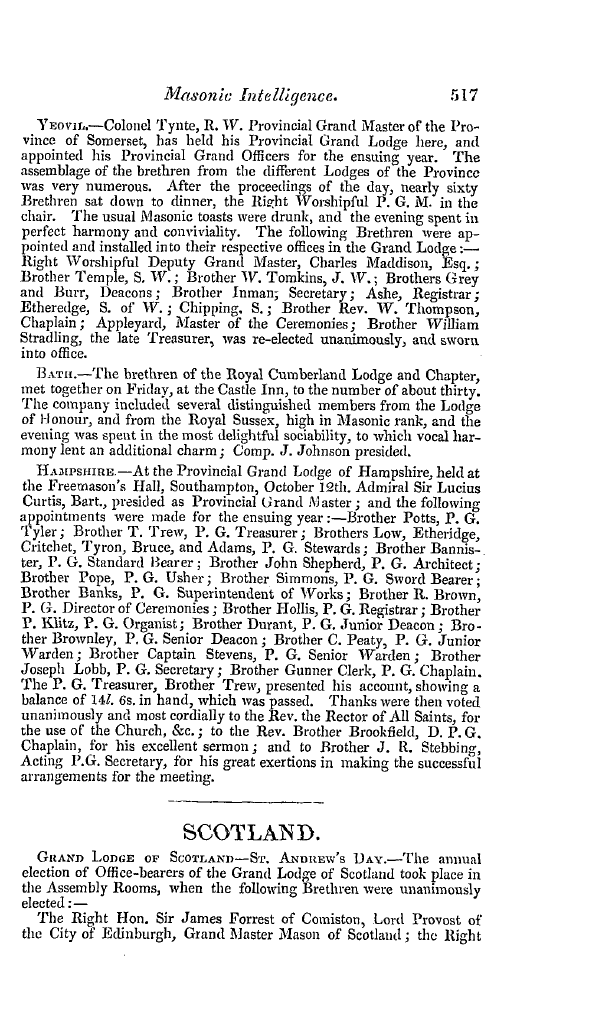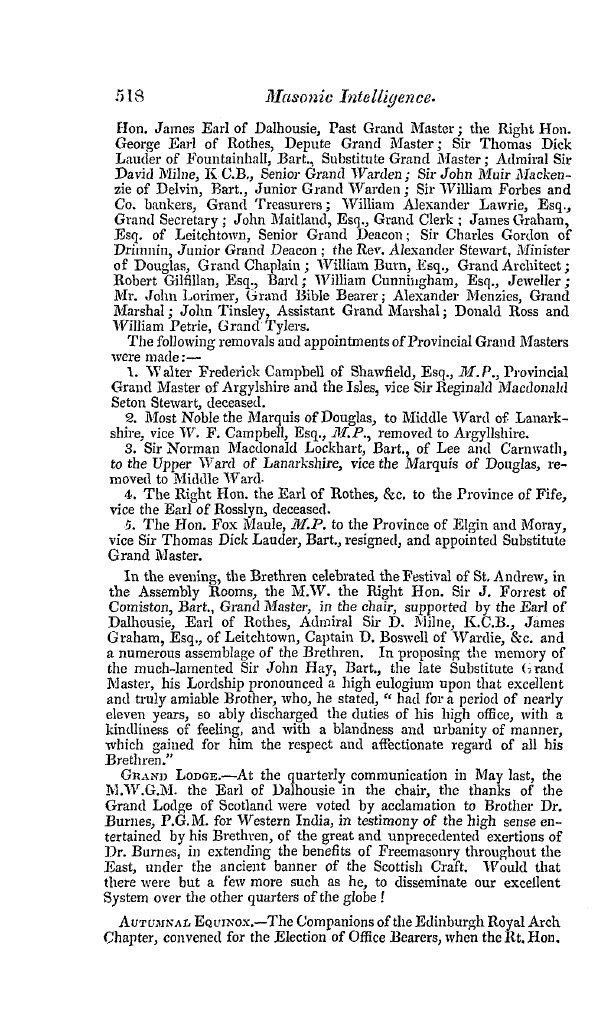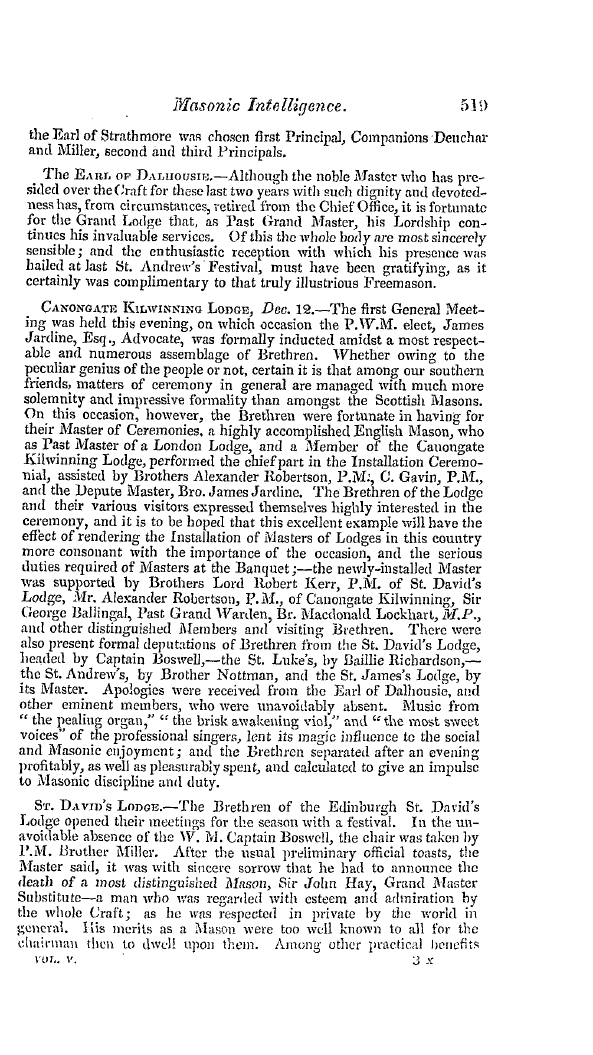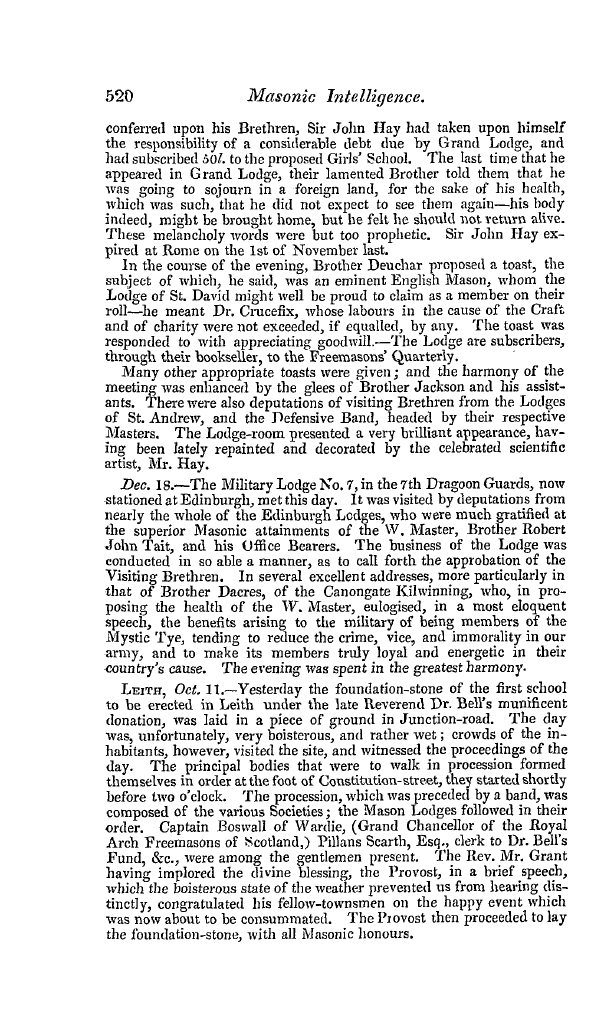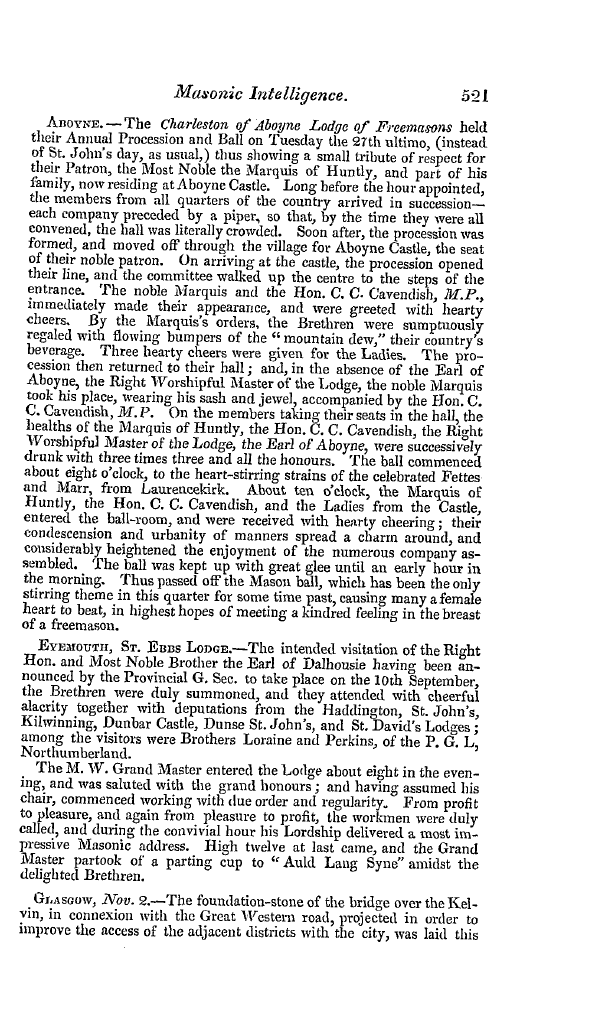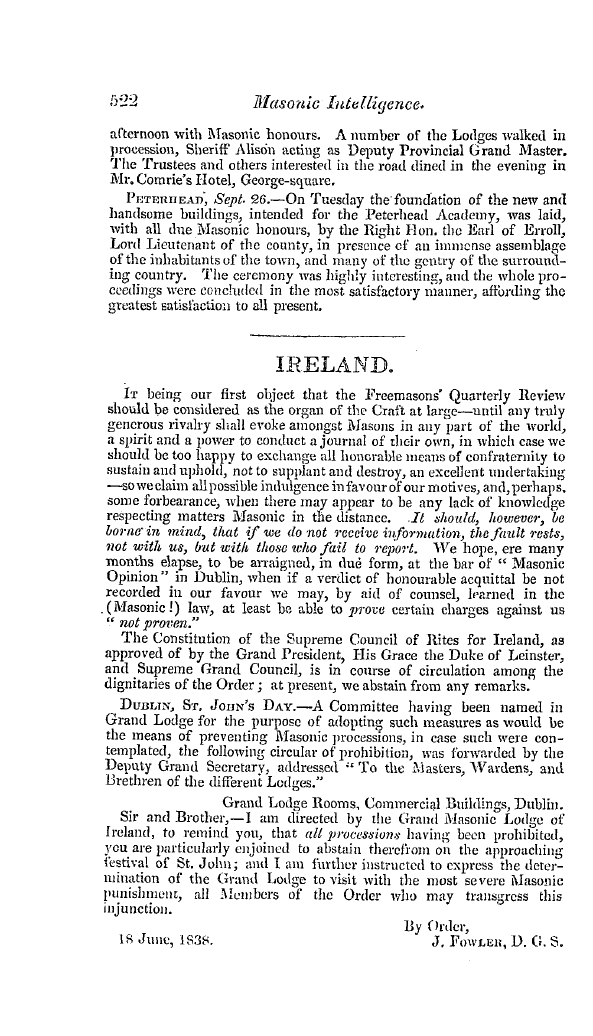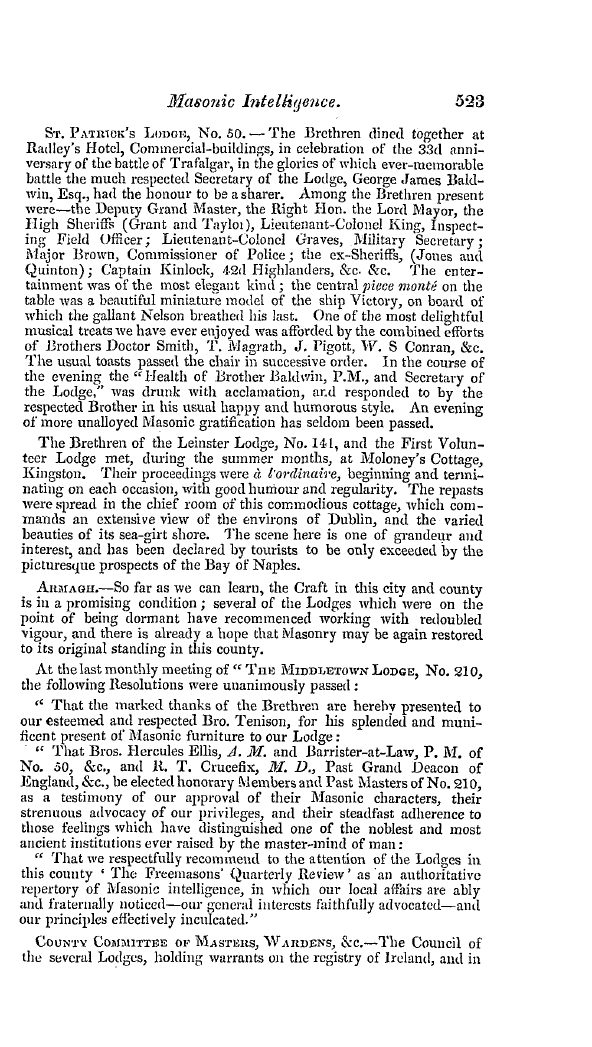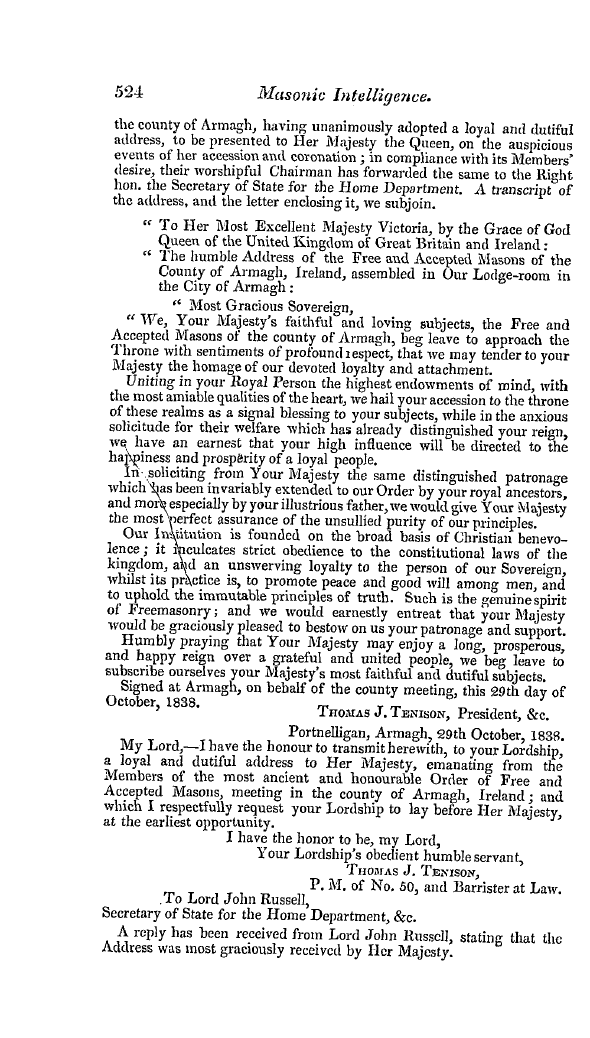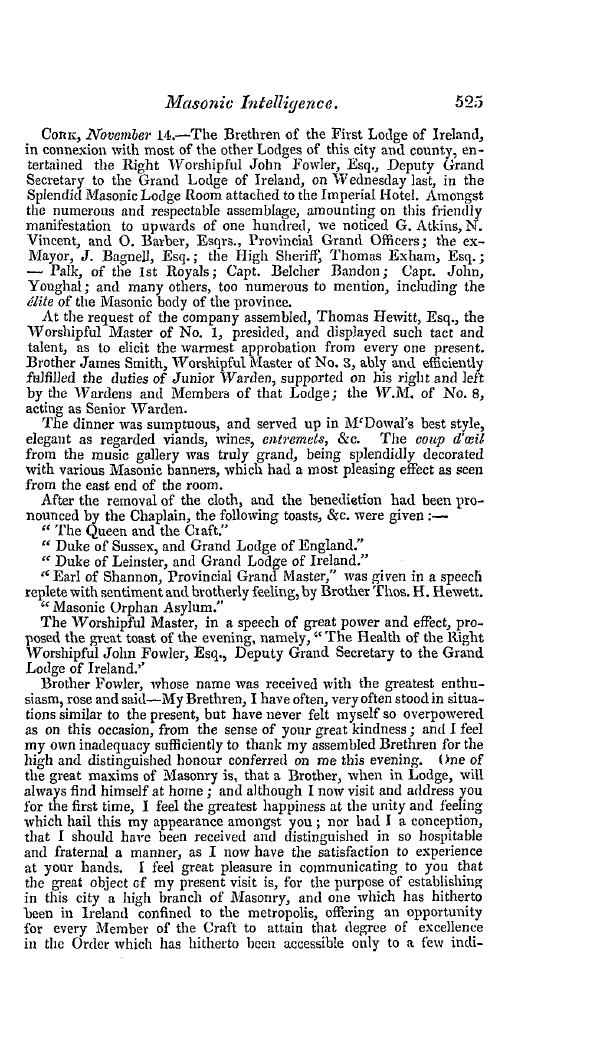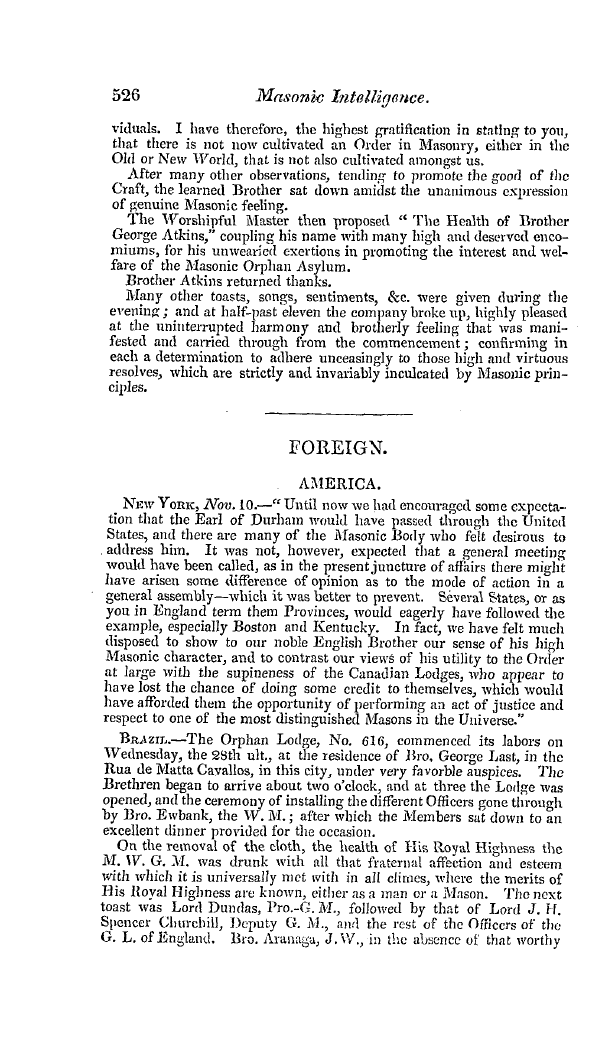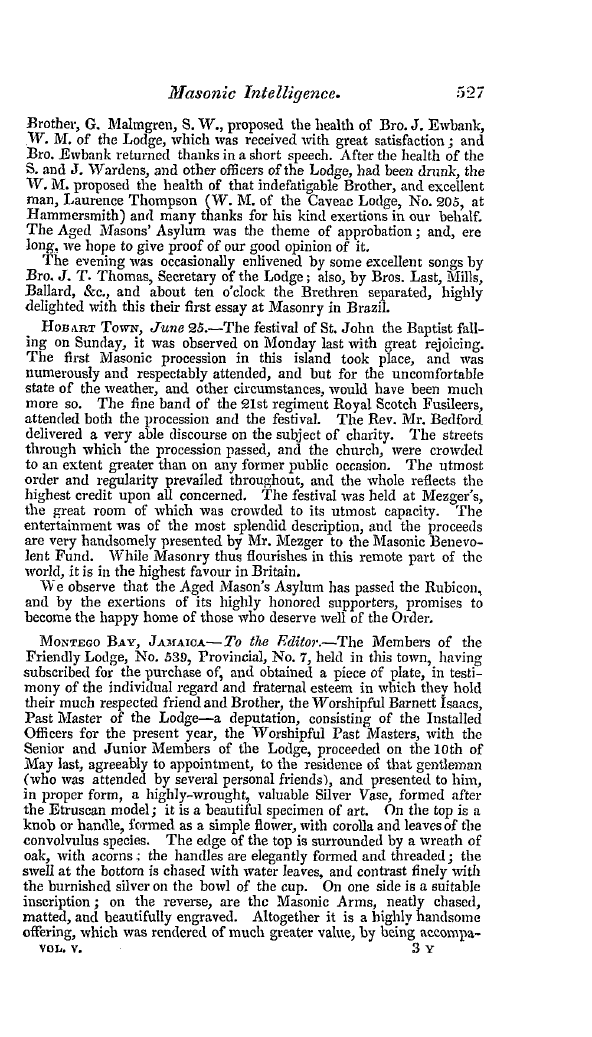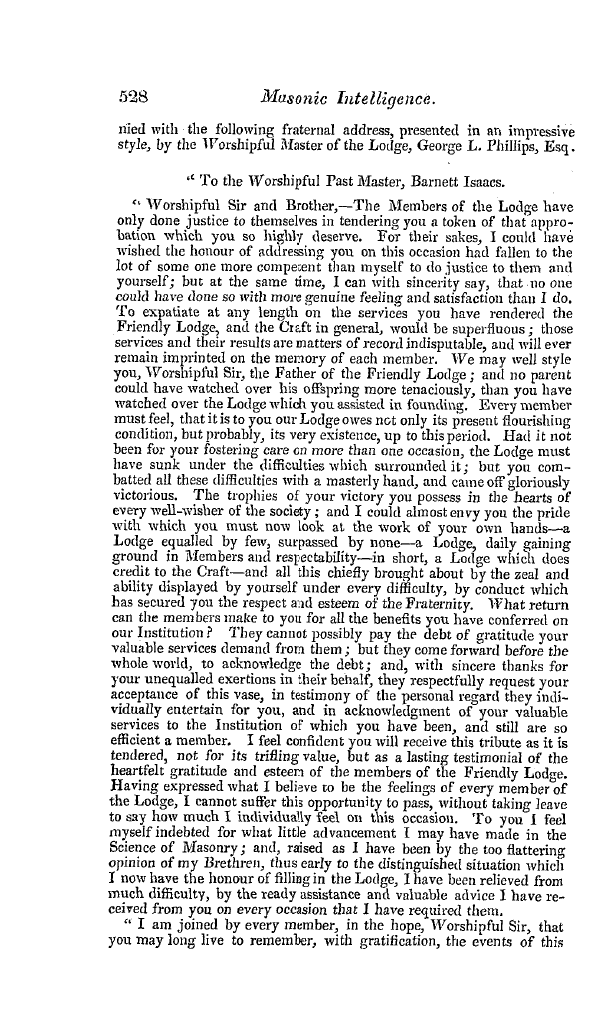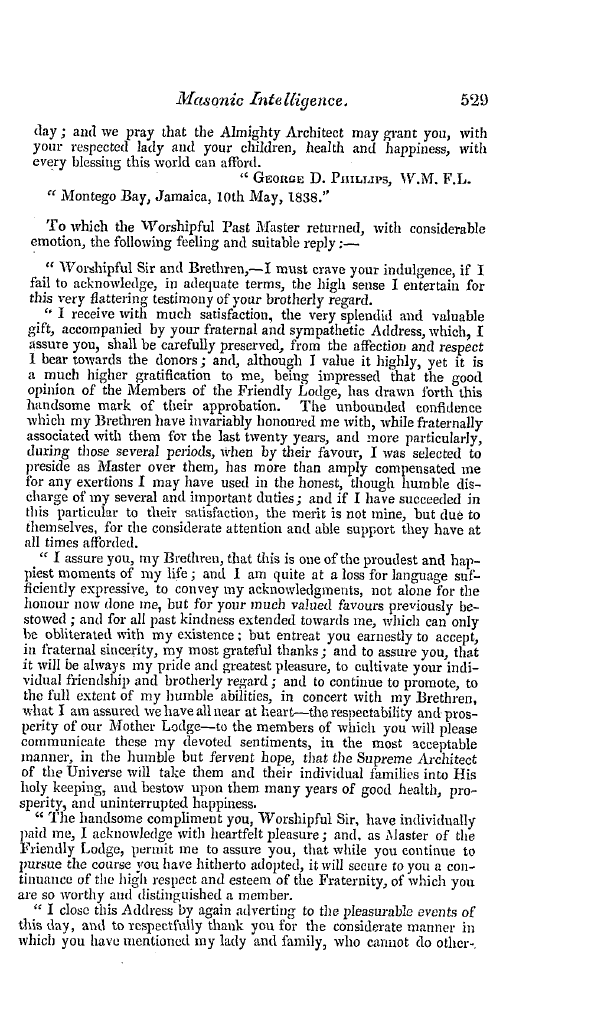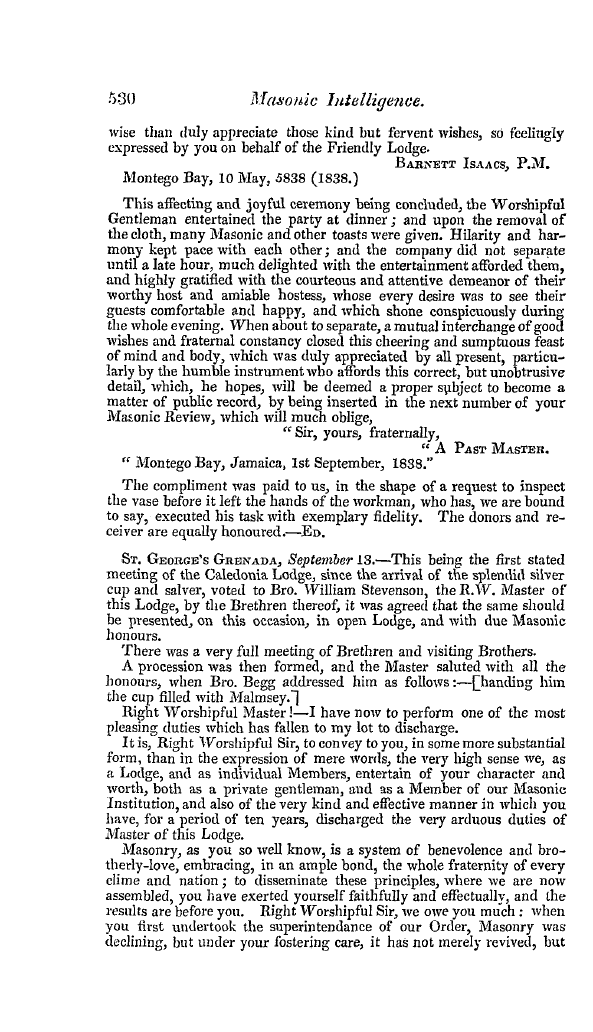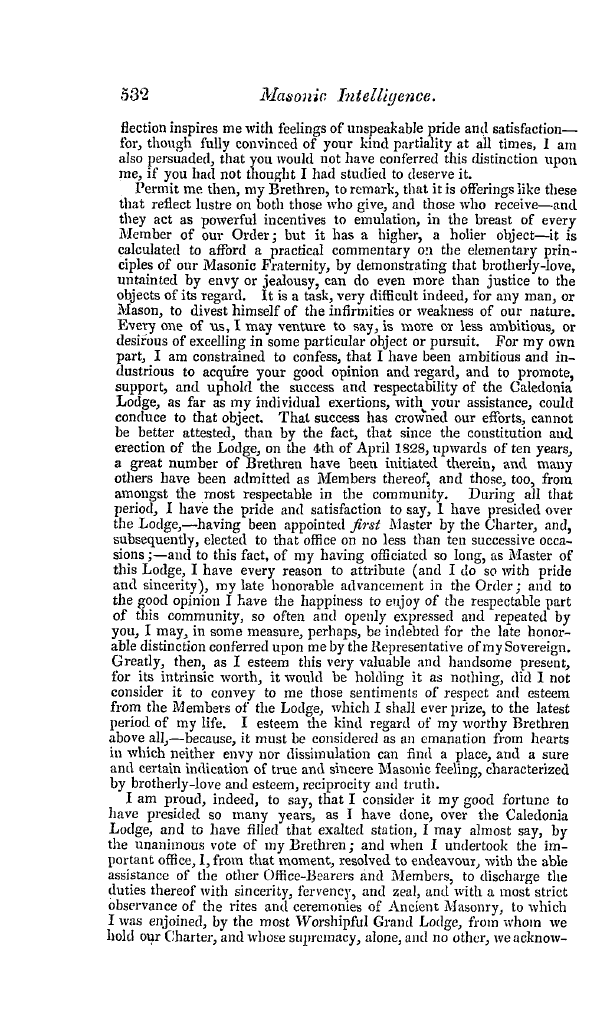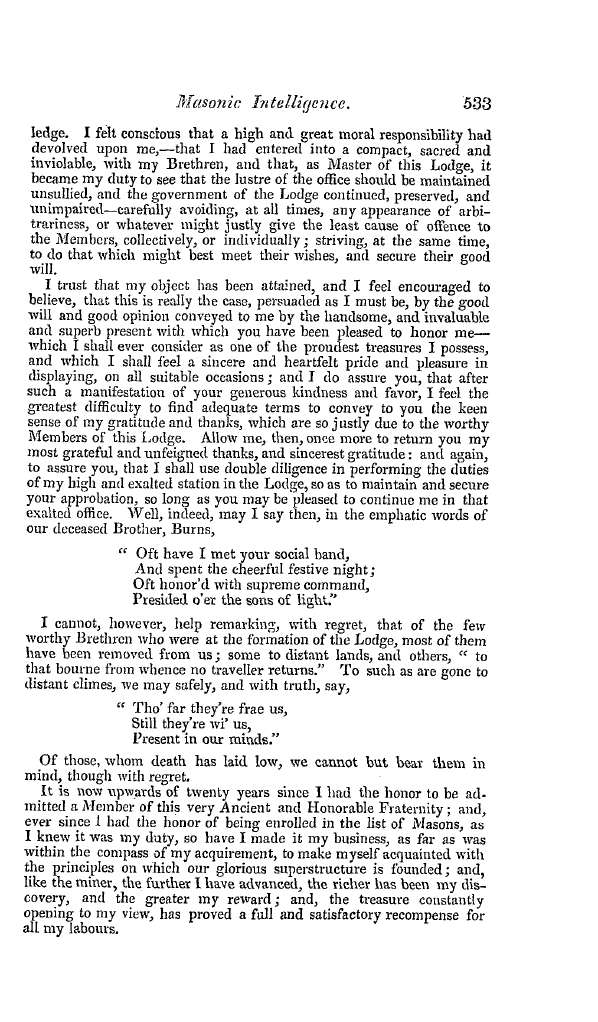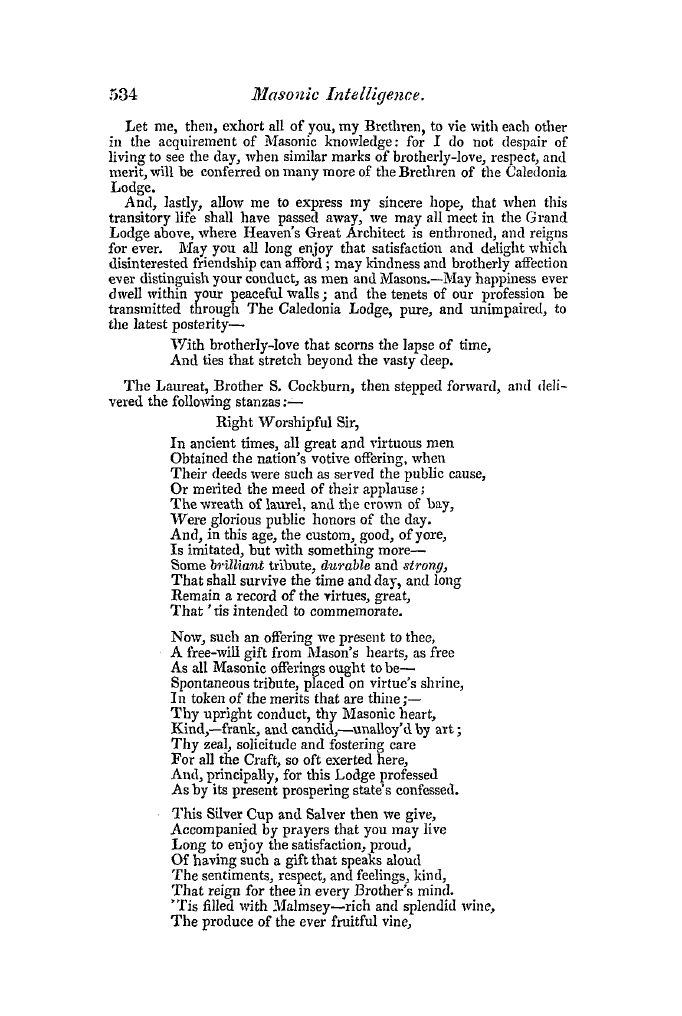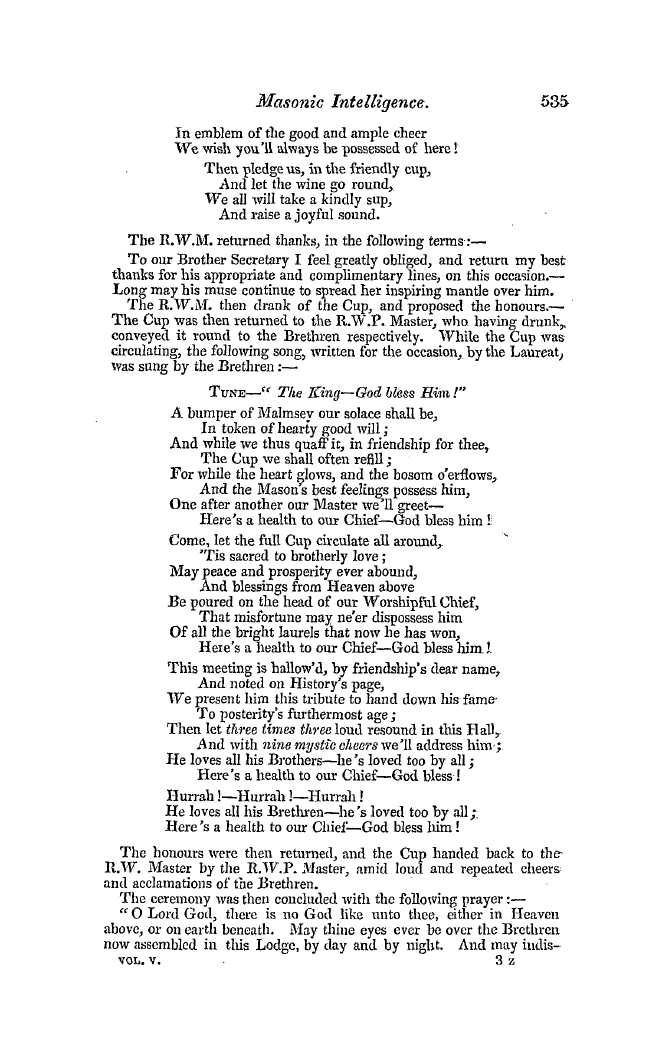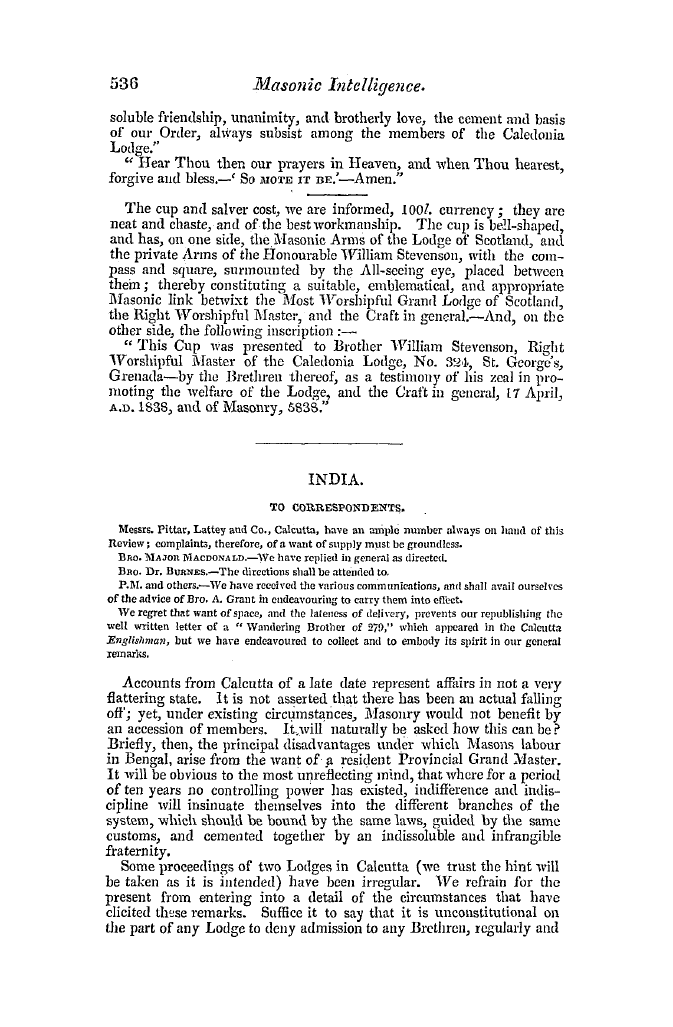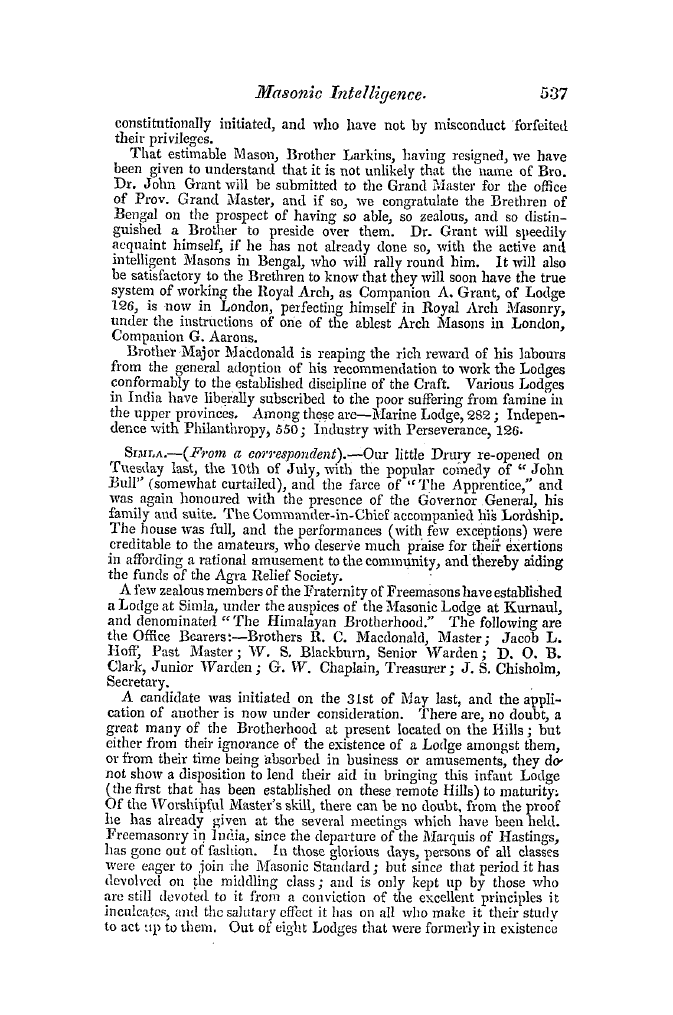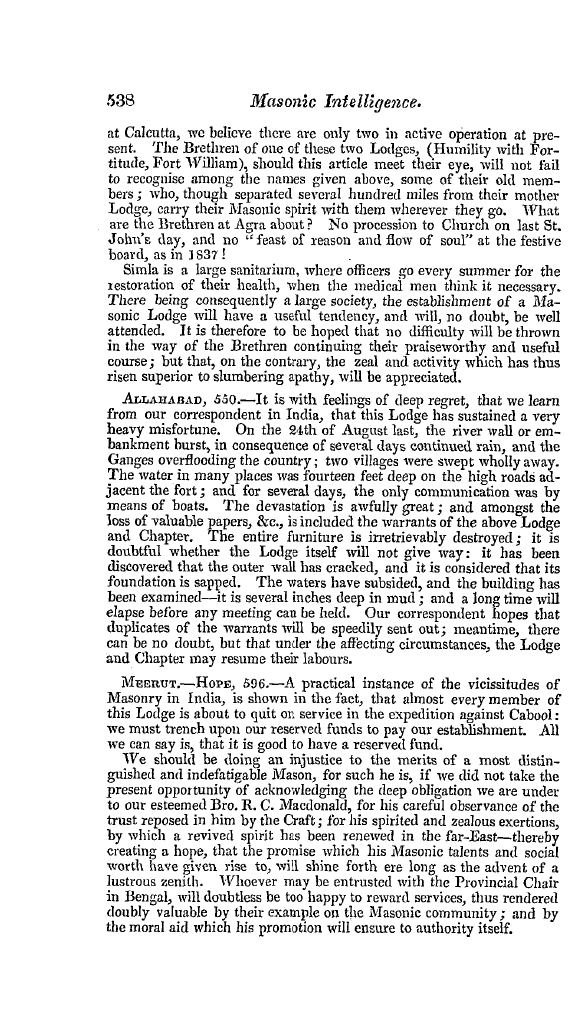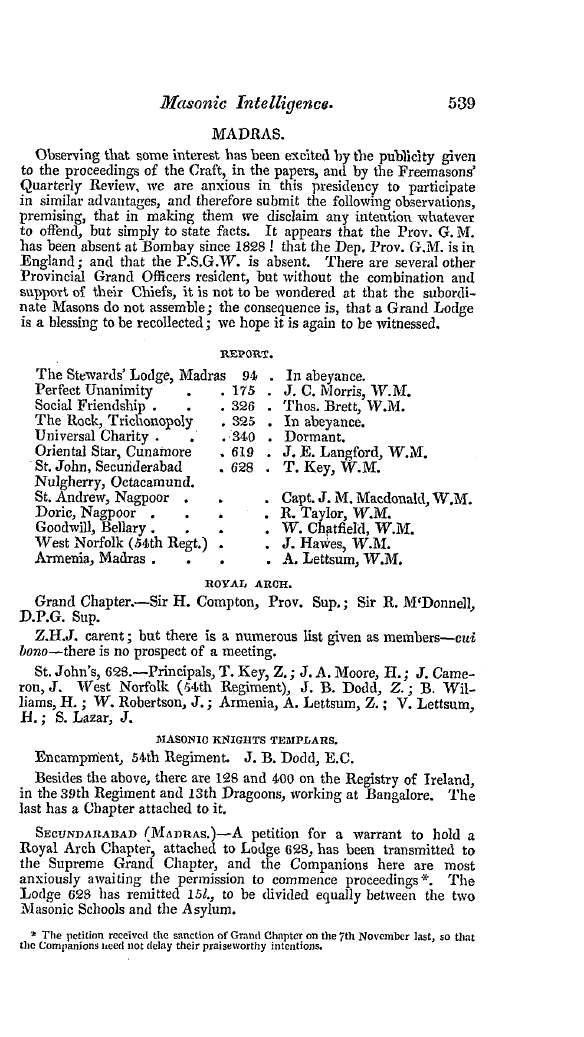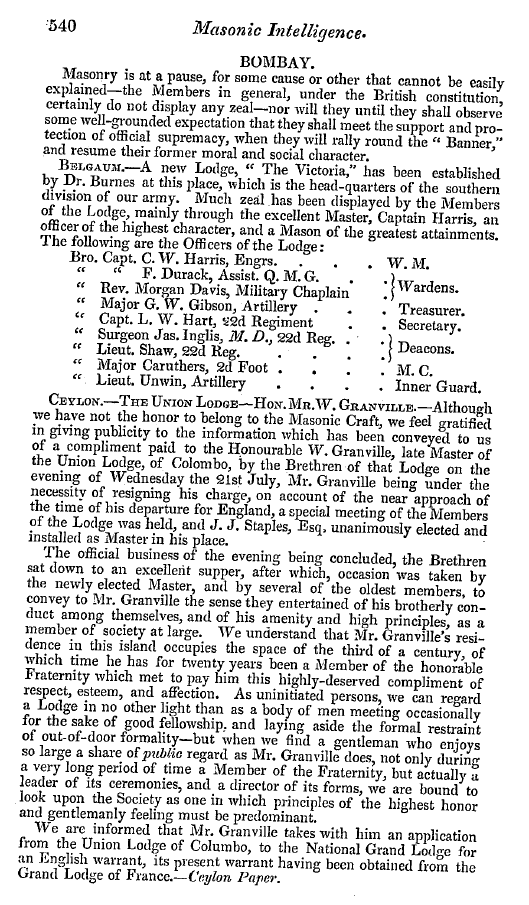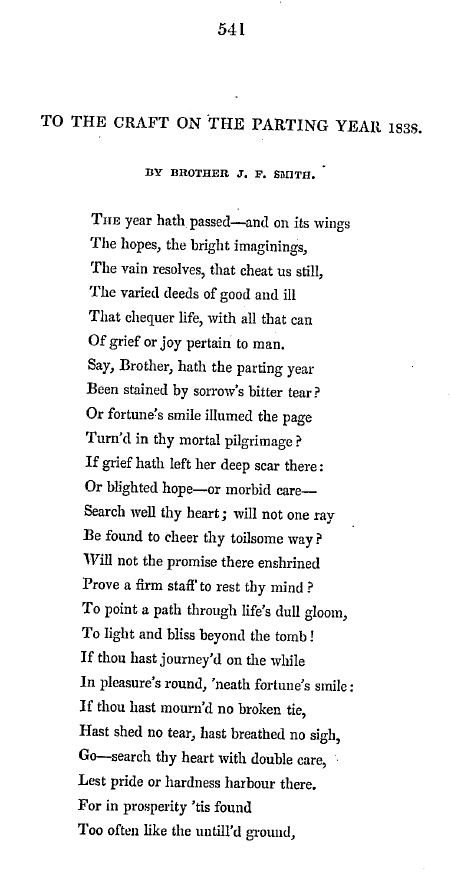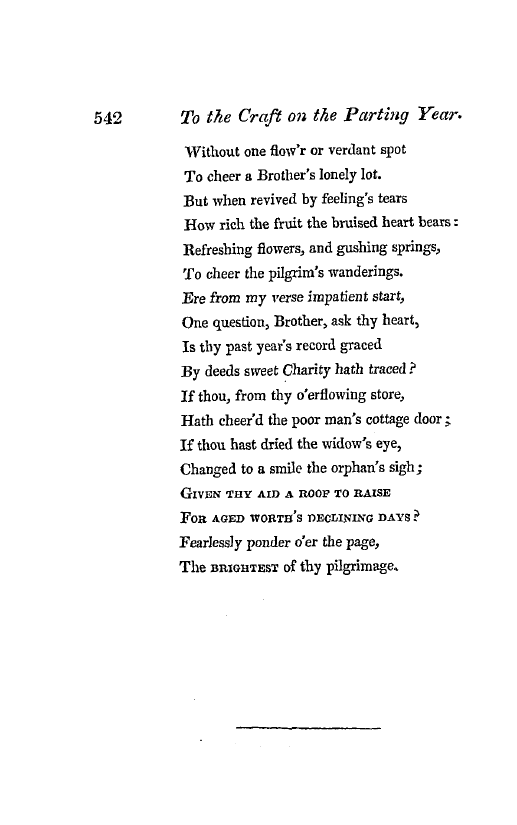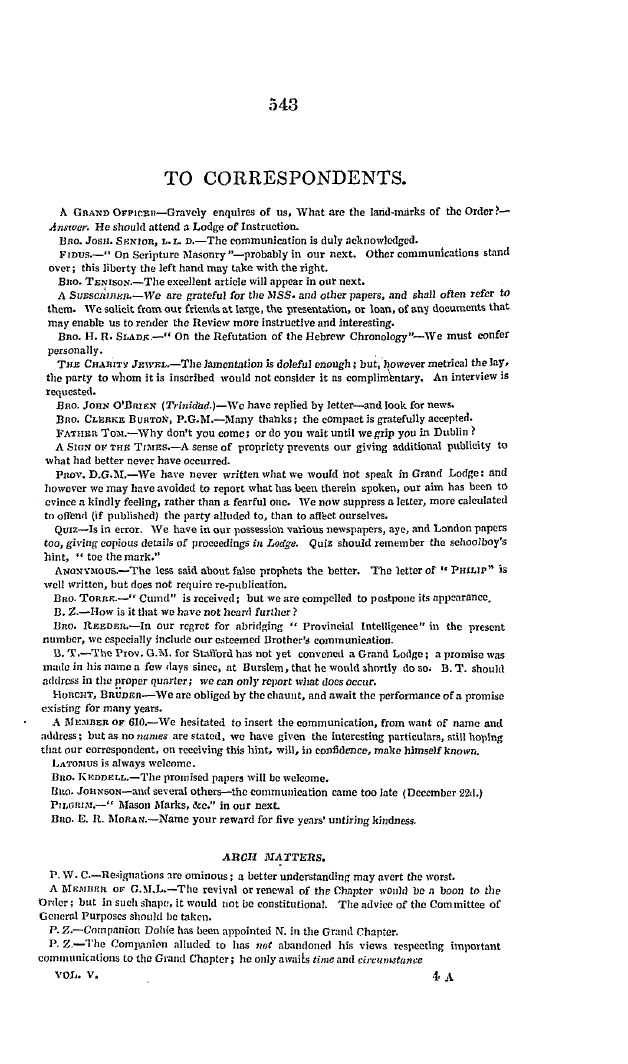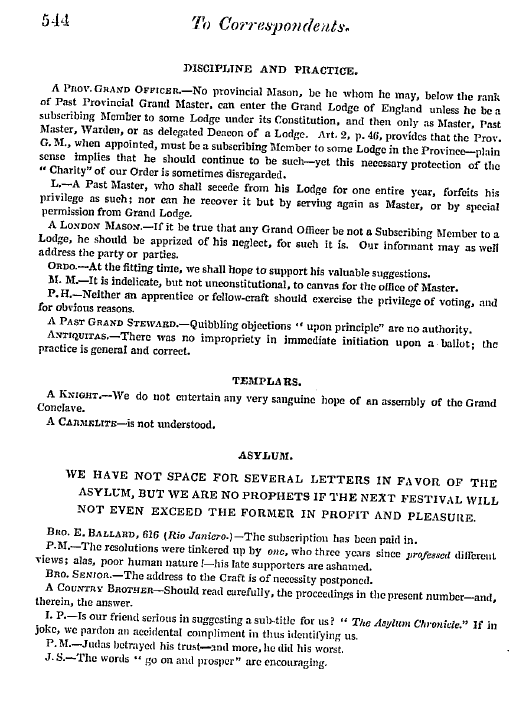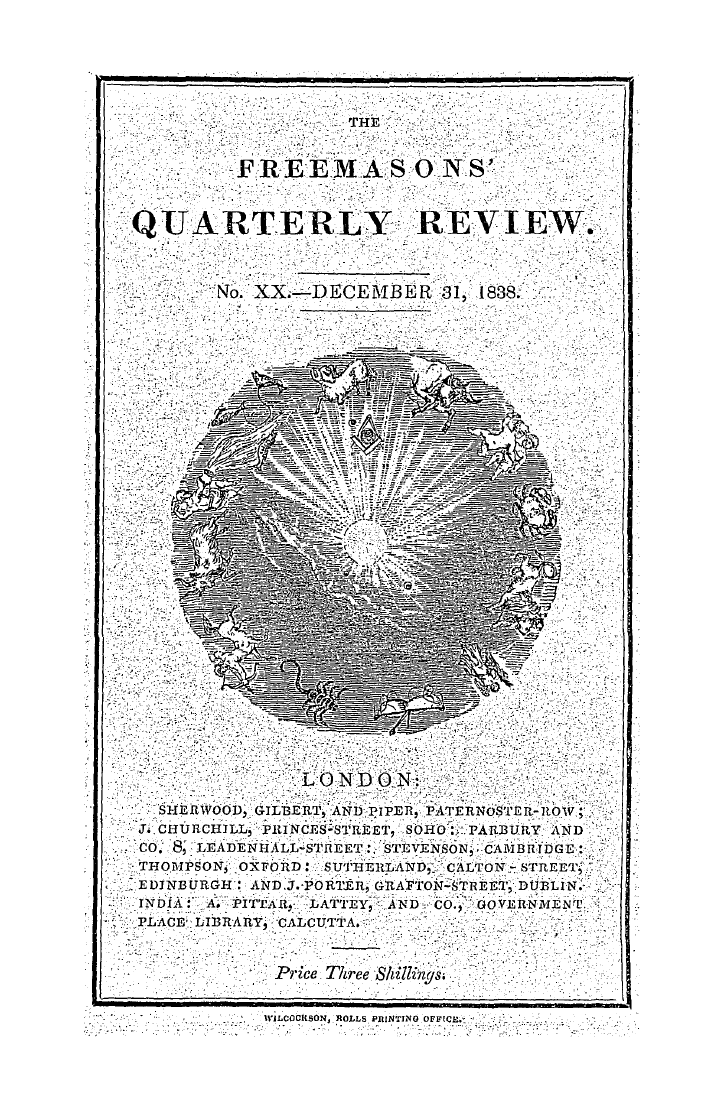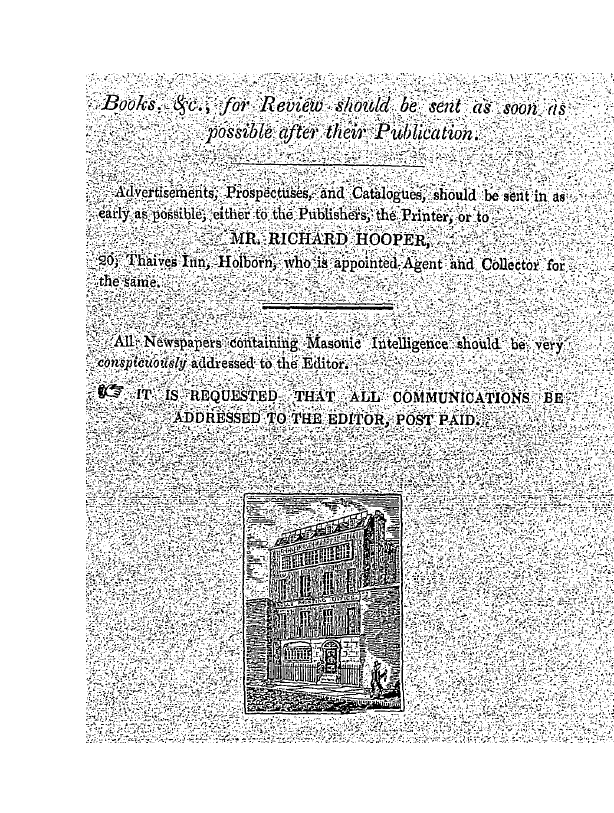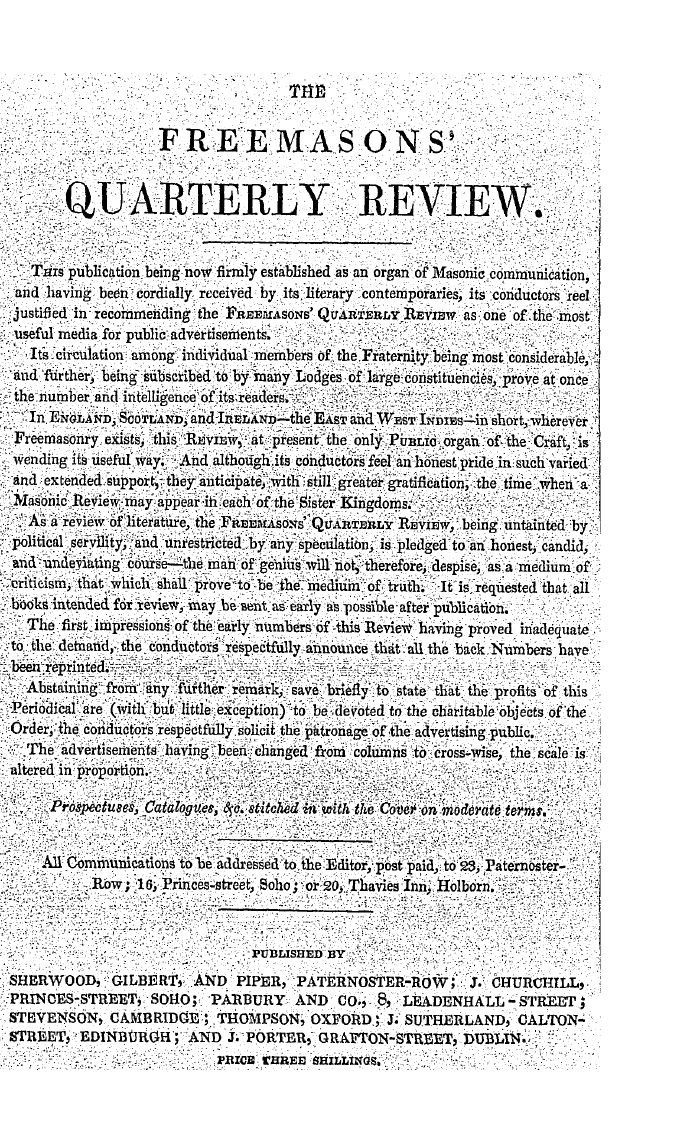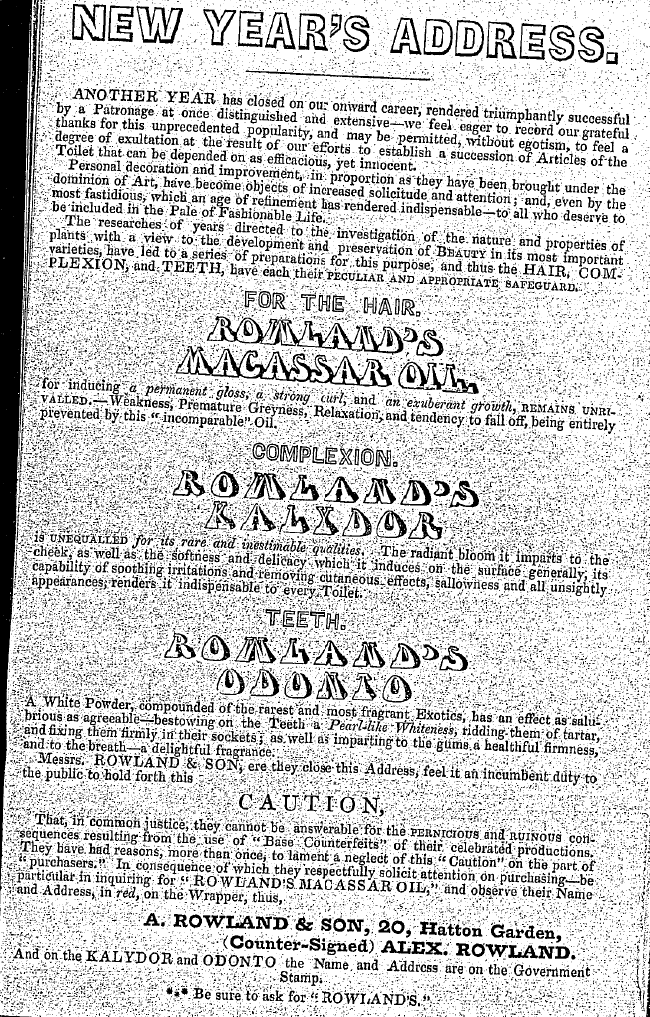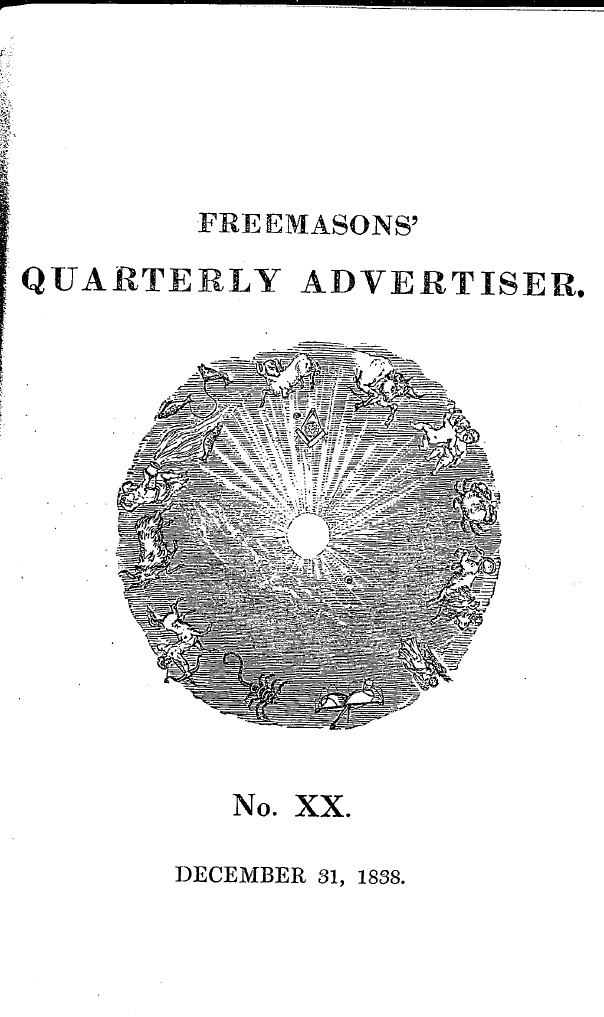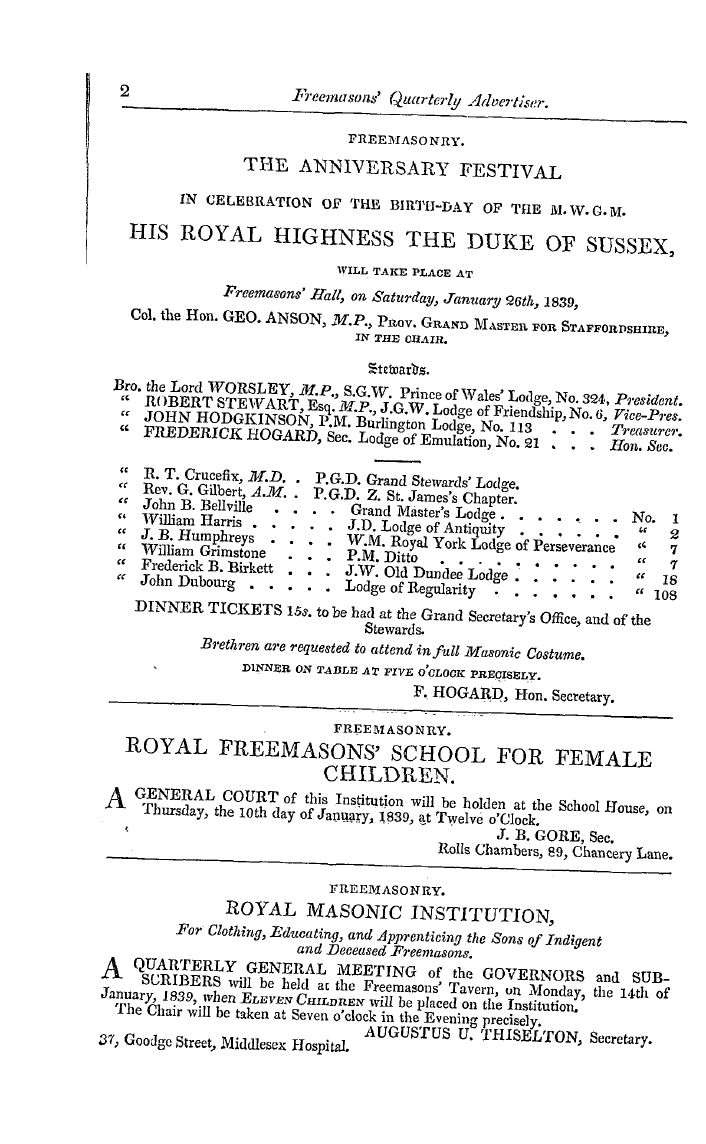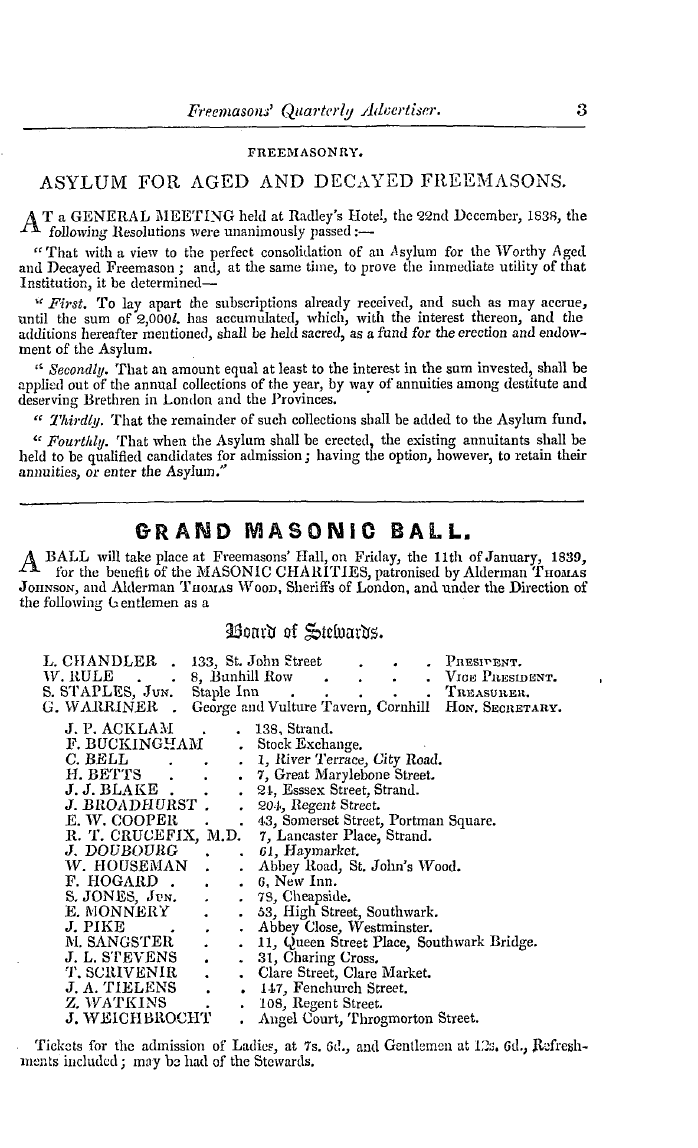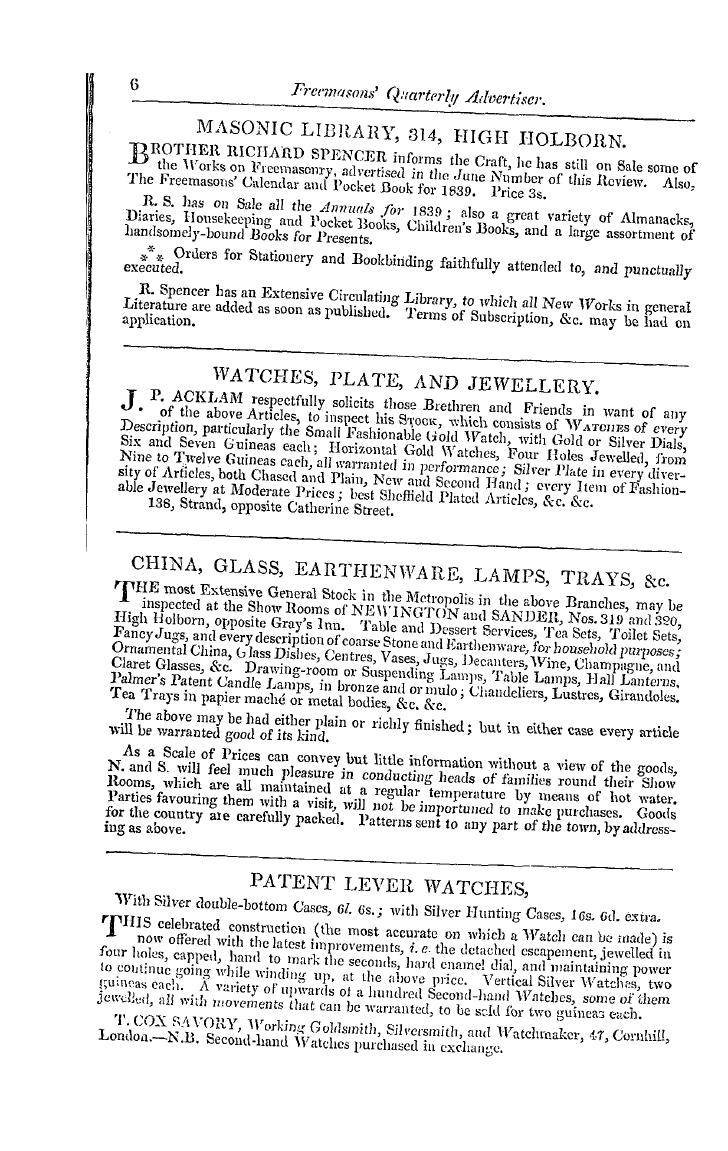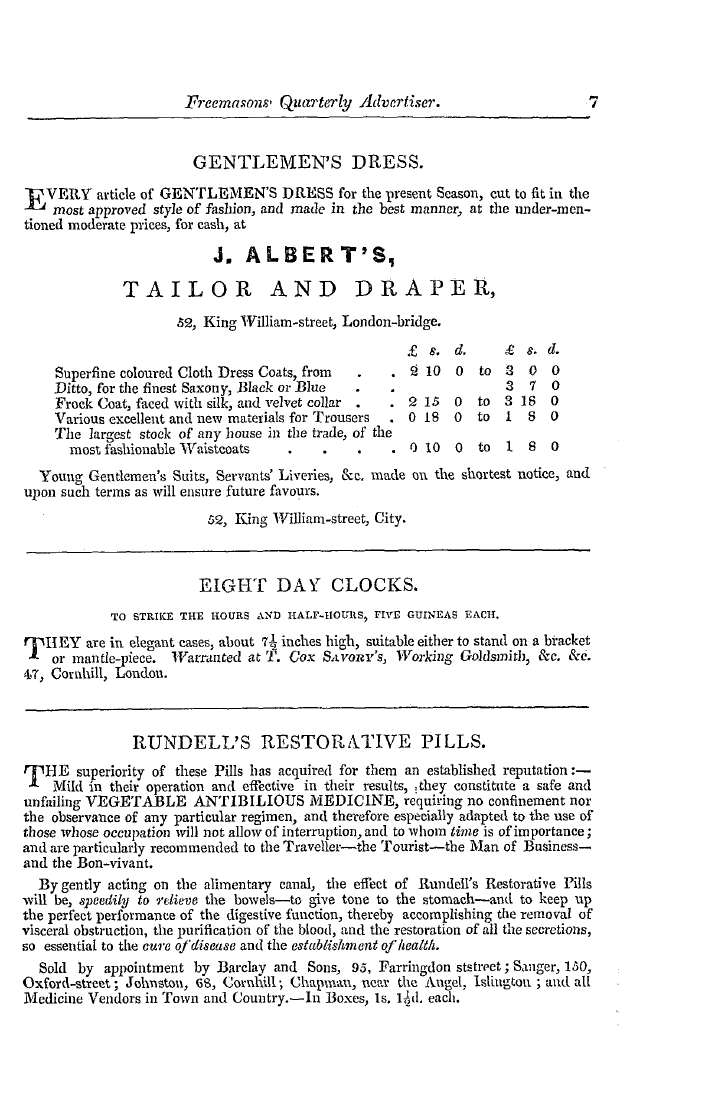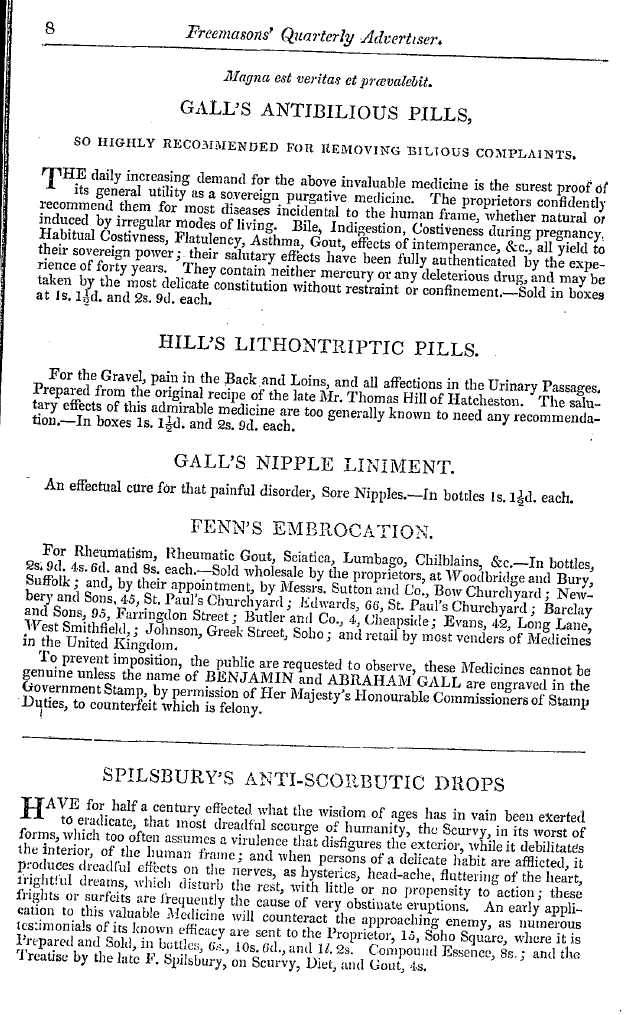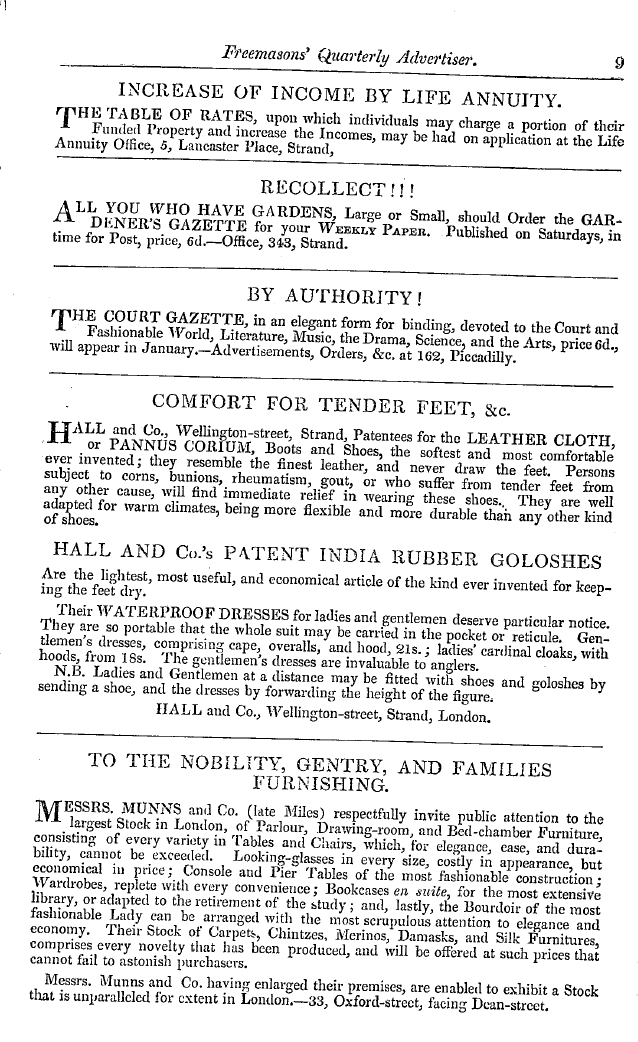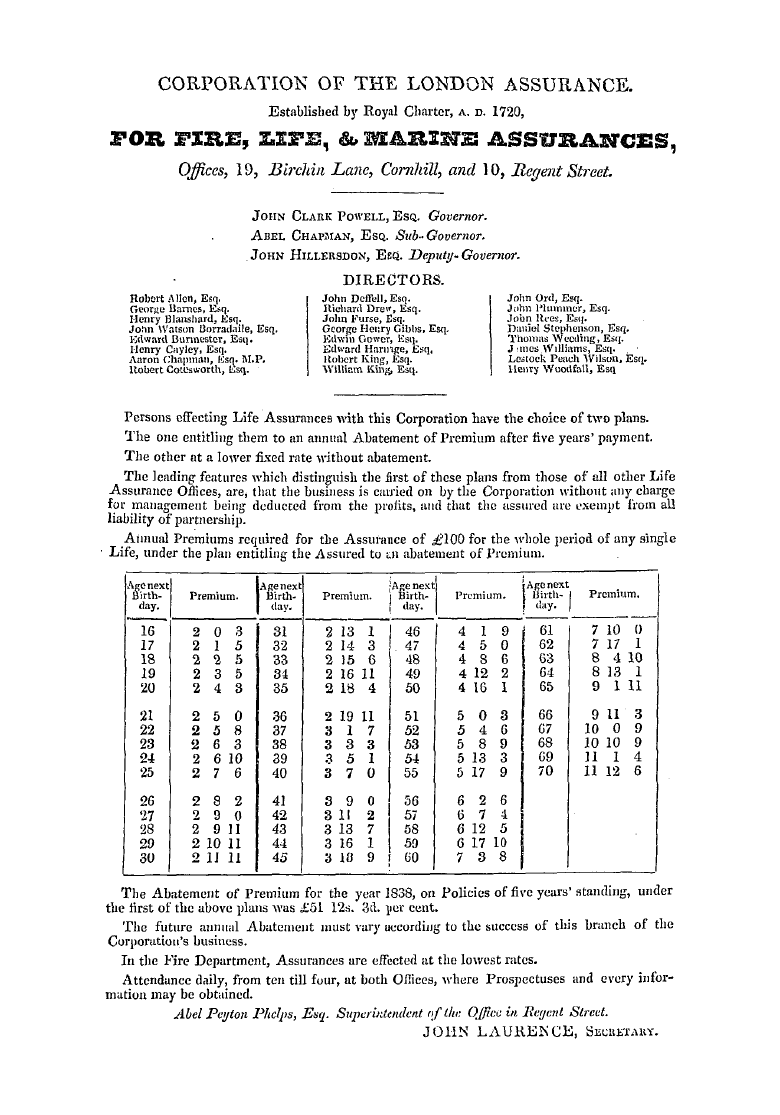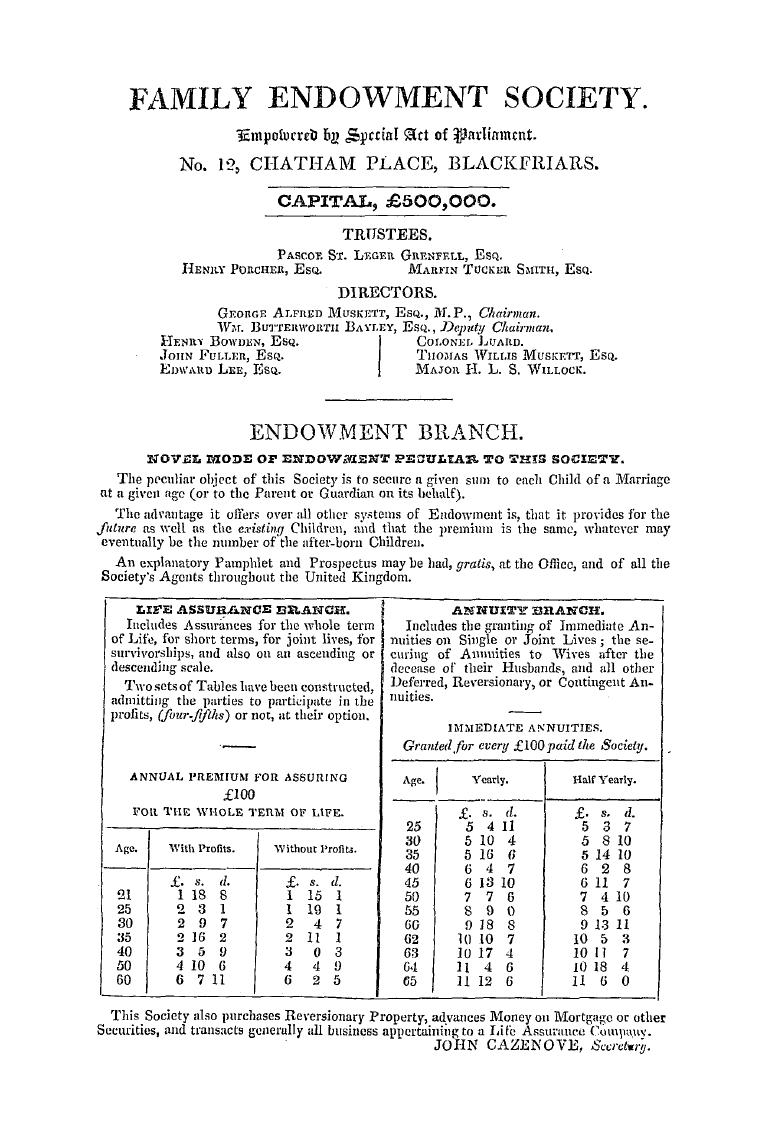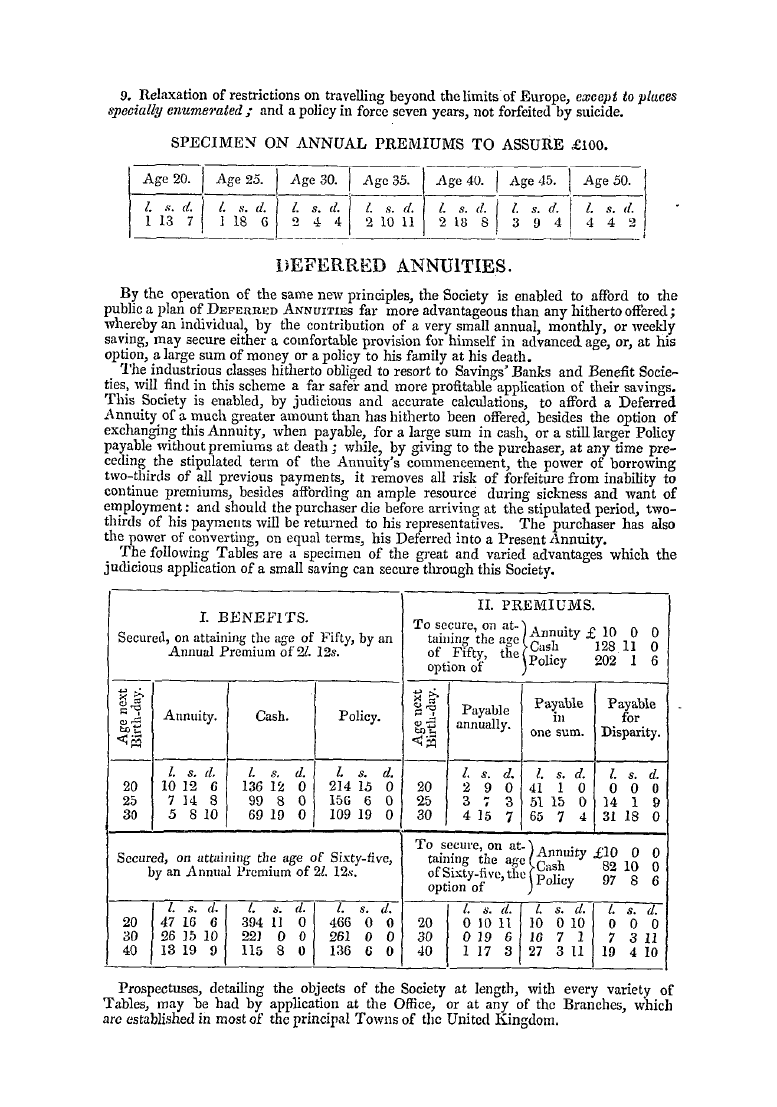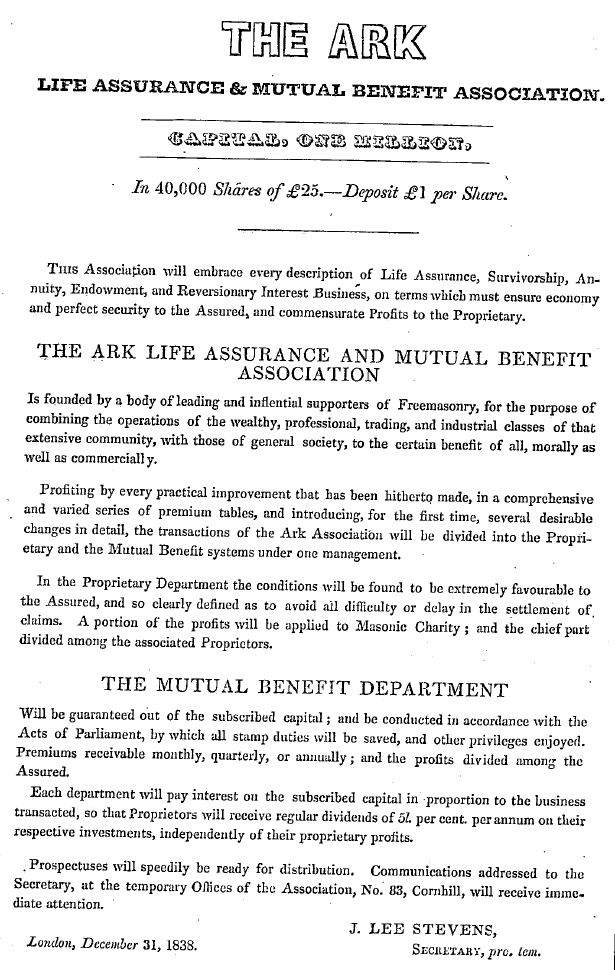-
Articles/Ads
Article NOTITLAE TEMPLARIAE. ← Page 3 of 4 →
Note: This text has been automatically extracted via Optical Character Recognition (OCR) software.
Notitlae Templariae.
appeared variously coloured , on which day it was finally determined that the Order of Knights Templars should be totally abolished . * * * * * * " The trial of the Templars was conducted with great solemnity in the City of Dublin , before Friar Richard Balybyn , minister of the Order of the Dominicans in Ireland , Friar Philip de Slane , lecturer of the sameand Friar Hugh St . Leger . Amongst other witnesses against the
, Knights , were Roger de Heton , Guardian of the Franciscan Friars ; Walter de Prendergast , their lecturer ; Thomas , the Abbot ; Simon , the Prior of the Abbey of St . Thomas-the-Martyr , and Roger , Prior of the Augustinian Friary in Dublin . The depositions against the Templars were weakly supported , yet they were condemned ; but more indeed through blind compliance with the prevailing practice throughout other parts of Europethan any demerits being proved against their
, persons . Their lands and possessions of every kind were bestowed upon the Knights of St . John of Jerusalem b y the Pope , which grant was confirmed by the King , who at the same time entered a protest of his rights against the assumed power of the Pope . " It does not appear that any of the Knights Templars in this kingdom were pat to death . ; and I think that even in England very few suffered , although many were committed to monasteriesthere to do penance for
, their supposed offences , with a daily allowance of money each for his support . ¦ " The Priory of Kilmainham , " says Archdall , " which was granted to the Knights of the Order of St . John the Baptist formally , but to the Order of St . John the Evangelist virtually , " ( I do not understand this distinction ; but quote it , in hopes some Brother better acquainted than
I am with the Order of St . John , may explain it ) , " became a hospital for the reception of guests and strangers , totally excluding the sick and infirm , who had constant admittance before ; it was exempt from all ordinary jurisdiction . " Kilmainham then became the Grand Commandery of the Knights of St . John , eclipsing Wexford , which had previously held that eminent position . It may not be uninteresting to notice , in conclusion , that the site of
this priory has again become the site of an hospital for the sick and infirm , and at the same time , of a military Fraternity . " The buildings of the Priory of St . John at Kilmainham were spacious , and of very elegant design ; and it was , after the dissolution of monasteries , frequently the residence of the Lord Deputies . About 1675 , Arthur , Earl of Granard , suggested to the Earl of Essex , then Lord Lieutenant , the foundation of a military establishment for the reception of disabled
and superannuated soldiers ; and the Duke of Ormonde , by incessant applications to the King for the same purpose , received from Charles II ., in 1679 , an order for carrying it into effect . For this purpose sixty-four Irish acres adjacent to the site of the Priory , and other lands then forming a part of the Phoenix Park , were granted for the site of this institution . The first stone was laid by the Duke of Ormonde in 1680 and the whole was completed in three yearsafter a design by Sir
, , Christopher Wren , at an expense of 23 , 559 / . The establishment is for five captains , an adjutant , and two hundred and fifty invalid soldiers , selected from the list of out-pensioners in Ireland ; they are supplied with residence , food , clothing , diet , medical attendance , and every necessary comfort and accommodation , similar to those of Chelsea . " Adjoining this Institution , which is called the Royal Hospital for Invalid and
Note: This text has been automatically extracted via Optical Character Recognition (OCR) software.
Notitlae Templariae.
appeared variously coloured , on which day it was finally determined that the Order of Knights Templars should be totally abolished . * * * * * * " The trial of the Templars was conducted with great solemnity in the City of Dublin , before Friar Richard Balybyn , minister of the Order of the Dominicans in Ireland , Friar Philip de Slane , lecturer of the sameand Friar Hugh St . Leger . Amongst other witnesses against the
, Knights , were Roger de Heton , Guardian of the Franciscan Friars ; Walter de Prendergast , their lecturer ; Thomas , the Abbot ; Simon , the Prior of the Abbey of St . Thomas-the-Martyr , and Roger , Prior of the Augustinian Friary in Dublin . The depositions against the Templars were weakly supported , yet they were condemned ; but more indeed through blind compliance with the prevailing practice throughout other parts of Europethan any demerits being proved against their
, persons . Their lands and possessions of every kind were bestowed upon the Knights of St . John of Jerusalem b y the Pope , which grant was confirmed by the King , who at the same time entered a protest of his rights against the assumed power of the Pope . " It does not appear that any of the Knights Templars in this kingdom were pat to death . ; and I think that even in England very few suffered , although many were committed to monasteriesthere to do penance for
, their supposed offences , with a daily allowance of money each for his support . ¦ " The Priory of Kilmainham , " says Archdall , " which was granted to the Knights of the Order of St . John the Baptist formally , but to the Order of St . John the Evangelist virtually , " ( I do not understand this distinction ; but quote it , in hopes some Brother better acquainted than
I am with the Order of St . John , may explain it ) , " became a hospital for the reception of guests and strangers , totally excluding the sick and infirm , who had constant admittance before ; it was exempt from all ordinary jurisdiction . " Kilmainham then became the Grand Commandery of the Knights of St . John , eclipsing Wexford , which had previously held that eminent position . It may not be uninteresting to notice , in conclusion , that the site of
this priory has again become the site of an hospital for the sick and infirm , and at the same time , of a military Fraternity . " The buildings of the Priory of St . John at Kilmainham were spacious , and of very elegant design ; and it was , after the dissolution of monasteries , frequently the residence of the Lord Deputies . About 1675 , Arthur , Earl of Granard , suggested to the Earl of Essex , then Lord Lieutenant , the foundation of a military establishment for the reception of disabled
and superannuated soldiers ; and the Duke of Ormonde , by incessant applications to the King for the same purpose , received from Charles II ., in 1679 , an order for carrying it into effect . For this purpose sixty-four Irish acres adjacent to the site of the Priory , and other lands then forming a part of the Phoenix Park , were granted for the site of this institution . The first stone was laid by the Duke of Ormonde in 1680 and the whole was completed in three yearsafter a design by Sir
, , Christopher Wren , at an expense of 23 , 559 / . The establishment is for five captains , an adjutant , and two hundred and fifty invalid soldiers , selected from the list of out-pensioners in Ireland ; they are supplied with residence , food , clothing , diet , medical attendance , and every necessary comfort and accommodation , similar to those of Chelsea . " Adjoining this Institution , which is called the Royal Hospital for Invalid and




























































